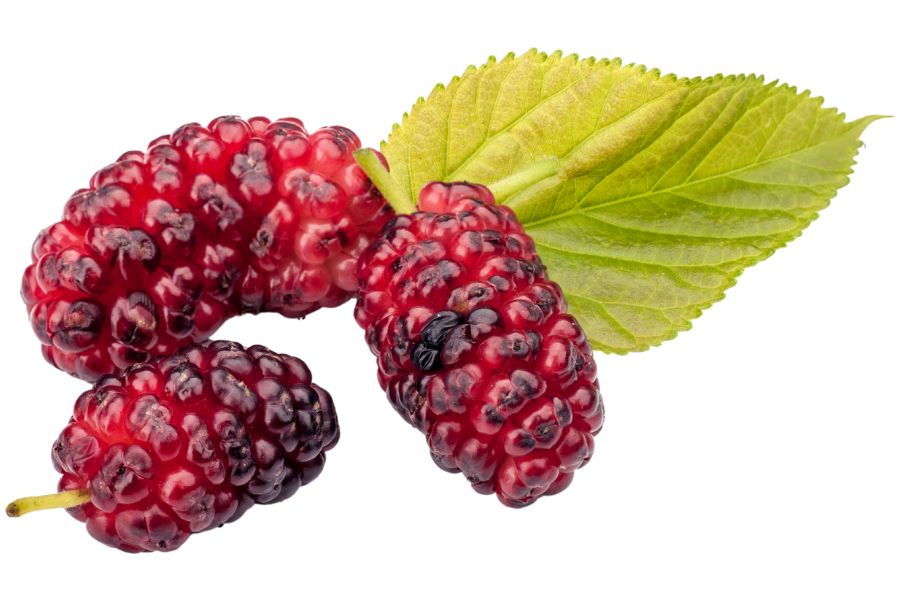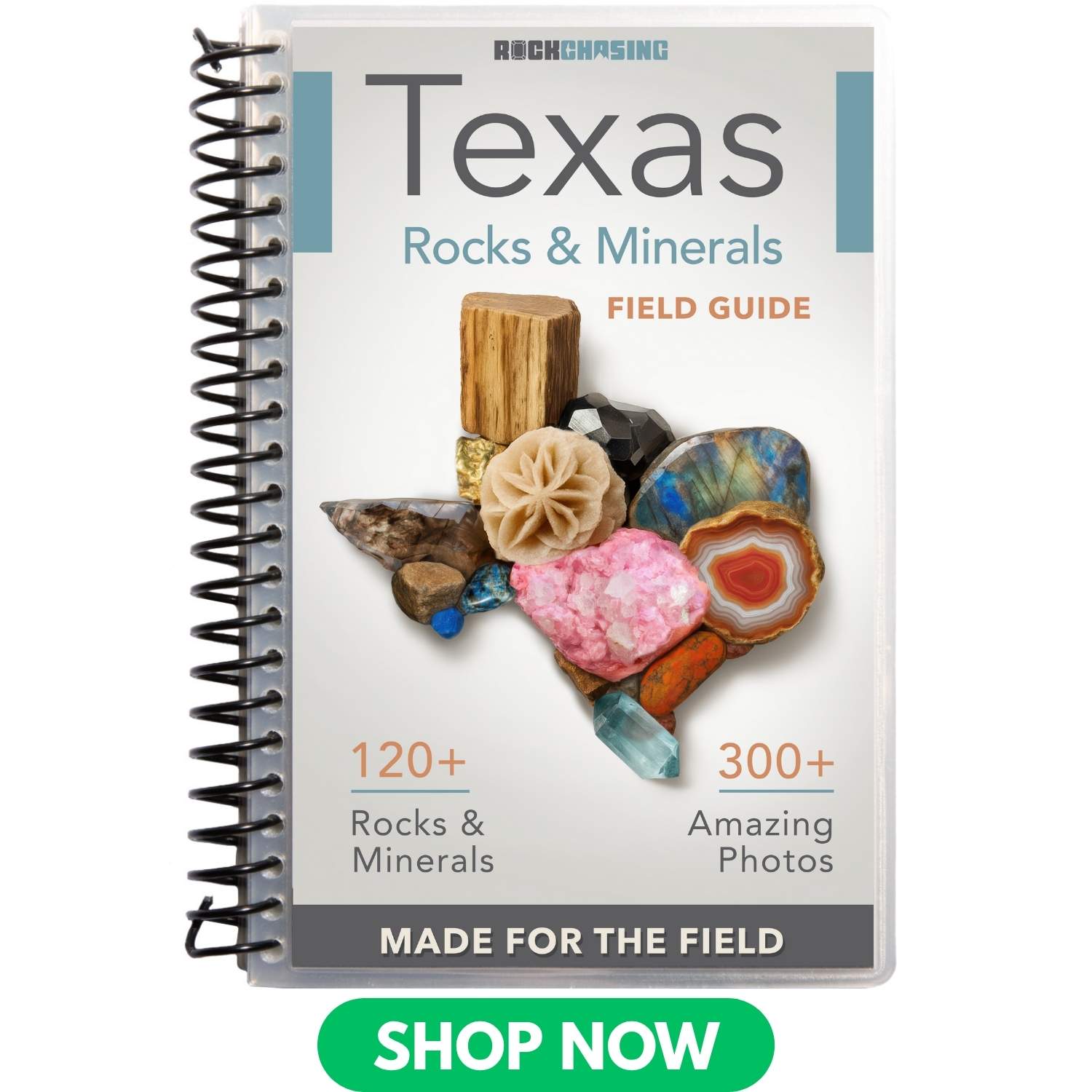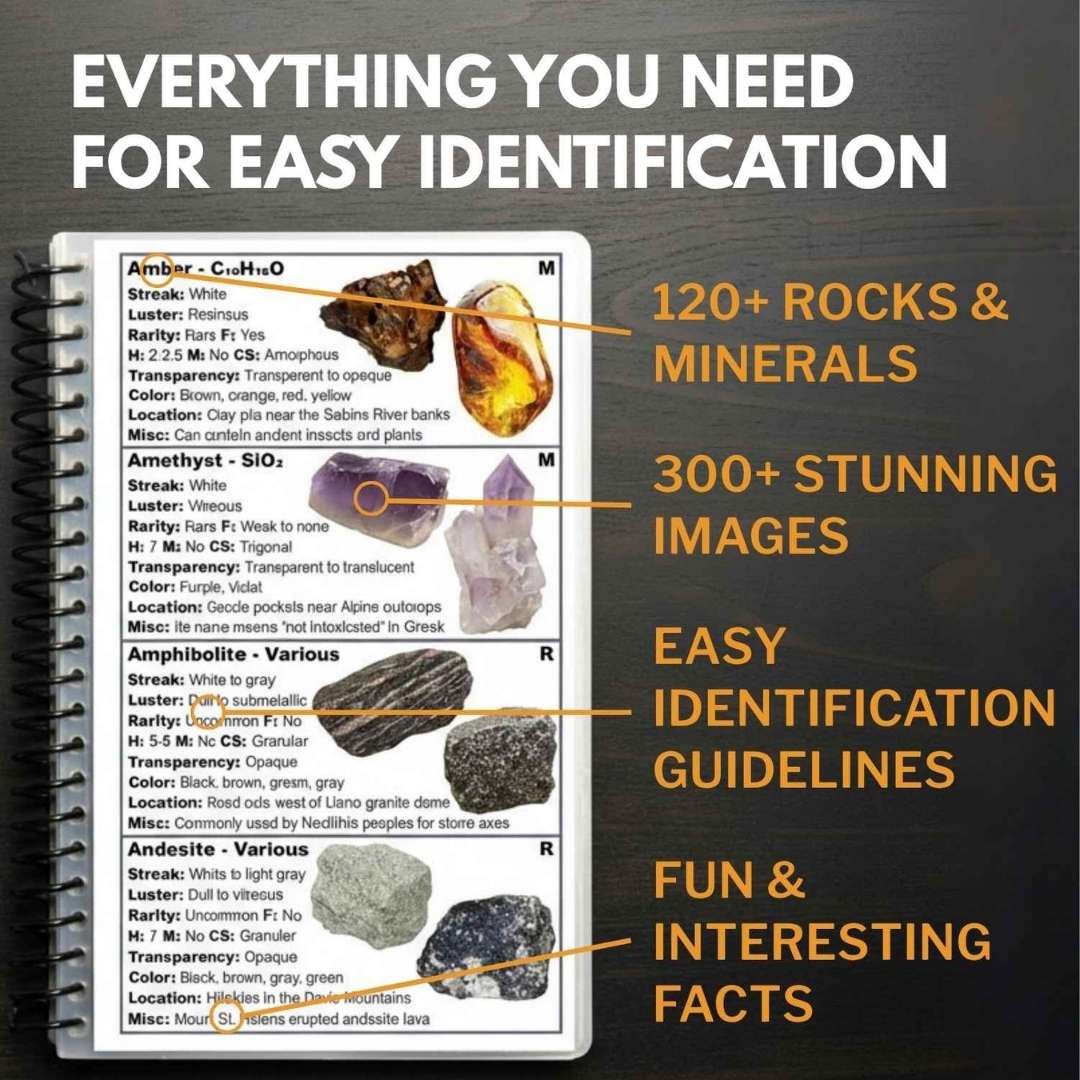Across Texas, a surprising number of plants growing wild can actually end up on your plate. Elderberries hang like tiny treasures along country roads, and greenbriar vines offer tender shoots that have been eaten for generations. Even plants you might ignore, like bull thistle, have edible parts if you know what you’re doing.
Each region of Texas has its own collection of edible plants, shaped by the land and the weather. Burdock roots and sow thistle leaves are just two more examples of wild foods hiding underfoot. They are easy to overlook until you know the small details that set them apart.
Texas holds far more edible plants than most people realize, tucked away in meadows, forests, and even city parks. Once you know what signs to look for, it gets easier to spot the many edible treasures growing all around. The right knowledge can turn an ordinary walk into a rewarding foraging trip.
Bring Rocks & Minerals Of Texas Identification Guide along while you explore so you can recognize any rare or unusual stones you come across too. It’s easy to miss something incredible if you don’t know what you’re looking at, and this guide makes sure you never leave a hidden gem behind.
What We Cover In This Article:
- The Edible Plants Found in the State
- Toxic Plants That Look Like Edible Plants
- How to Get the Best Results Foraging
- Where to Find Forageables in the State
- Peak Foraging Seasons
- The extensive local experience and understanding of our team
- Input from multiple local foragers and foraging groups
- The accessibility of the various locations
- Safety and potential hazards when collecting
- Private and public locations
- A desire to include locations for both experienced foragers and those who are just starting out
Using these weights we think we’ve put together the best list out there for just about any forager to be successful!
A Quick Reminder
Before we get into the specifics about where and how to find these plants and mushrooms, we want to be clear that before ingesting any wild plant or mushroom, it should be identified with 100% certainty as edible by someone qualified and experienced in mushroom and plant identification, such as a professional mycologist or an expert forager. Misidentification can lead to serious illness or death.
All plants and mushrooms have the potential to cause severe adverse reactions in certain individuals, even death. If you are consuming wild foragables, it is crucial to cook them thoroughly and properly and only eat a small portion to test for personal tolerance. Some people may have allergies or sensitivities to specific mushrooms and plants, even if they are considered safe for others.
The information provided in this article is for general informational and educational purposes only. Foraging involves inherent risks.
The Edible Plants Found in the State
Wild plants found across the state can add fresh, seasonal ingredients to your meals:
American Beautyberry (Callicarpa americana)
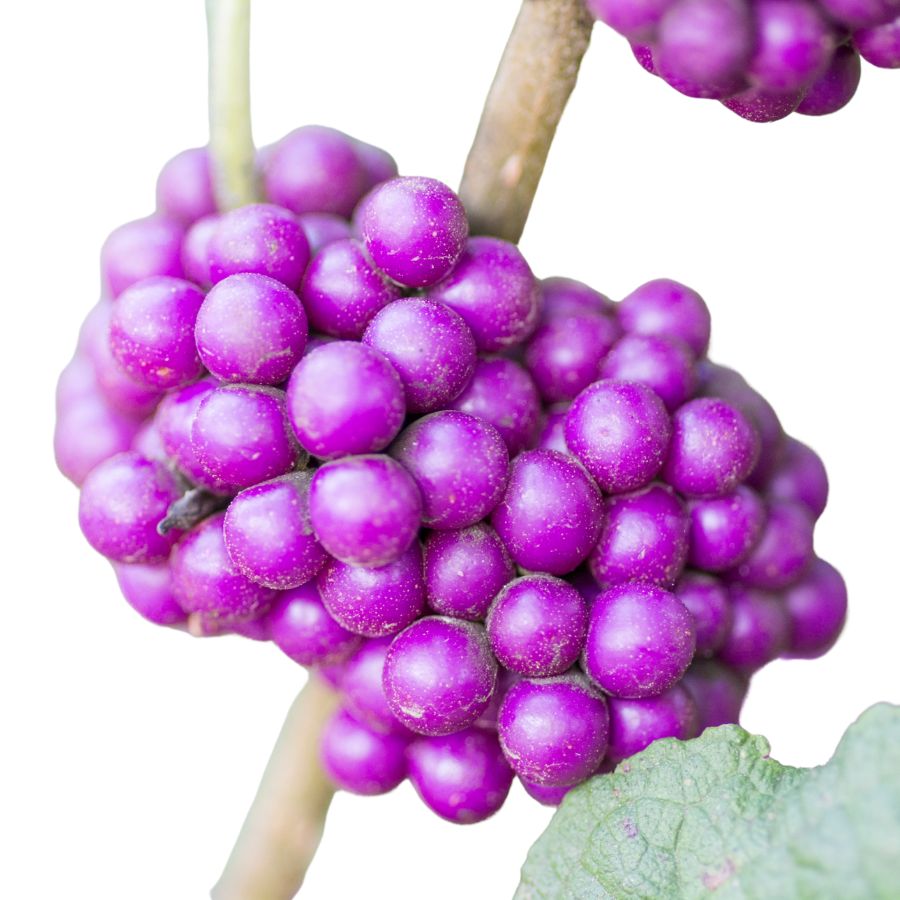
American beautyberry, sometimes called French mulberry or sourbush, is easily recognizable thanks to its bright clusters of purple berries wrapped tightly around its stems. The plant itself has arching branches and broad, serrated leaves that give off a slight spicy scent when crushed.
The berries are edible and have a mild, slightly sweet flavor with a soft, juicy texture that some people find a little gritty. Only the ripe purple berries should be eaten, as the leaves and unripe berries are not considered edible.
One of the easiest ways to enjoy beautyberries is by making jelly, where the fruit’s subtle taste really shines through. Some people also simmer the berries into syrups or add them to baked goods, although the flavor can be too delicate to stand out without a little help from sugar or lemon.
Beautyberries are sometimes confused with pokeweed, but pokeweed’s berries are a darker purple and grow on red stems in drooping clusters rather than tight whorls. Always double-check the plant’s structure and berry arrangement so you can be sure you are harvesting true American beautyberry.
If you want REAL results finding incredible rocks and minerals in Texas you need one of these 👇👇👇
Finding the coolest rocks in Texas isn’t luck, it's knowing what to look for. Thousands of your fellow rock hunters are already carrying Rock Chasing field guides. Maybe it's time you joined the community.
Lightweight, mud-proof, and packed with clear photos, it’s become the go-to tool for anyone interested discovering what’s hidden under our red dirt.
Join them, and make your next rockhounding trip actually pay off.
📘 Order the Texas Field Guide Now →
What makes it different:
🚙 Field-tested across Texas rivers, ranchlands, and roadcuts.
📘 Heavy duty laminated pages resist dust, sweat, and water.
🧠 Zero fluff — just clear visuals and straight-to-the-point info.
📍 Find hidden gems like Blue Topaz, Texas agate, and petrified wood fast.
⭐ Rated 4.8★ by real collectors who actually use it in the field.
Burdock (Arctium minus)
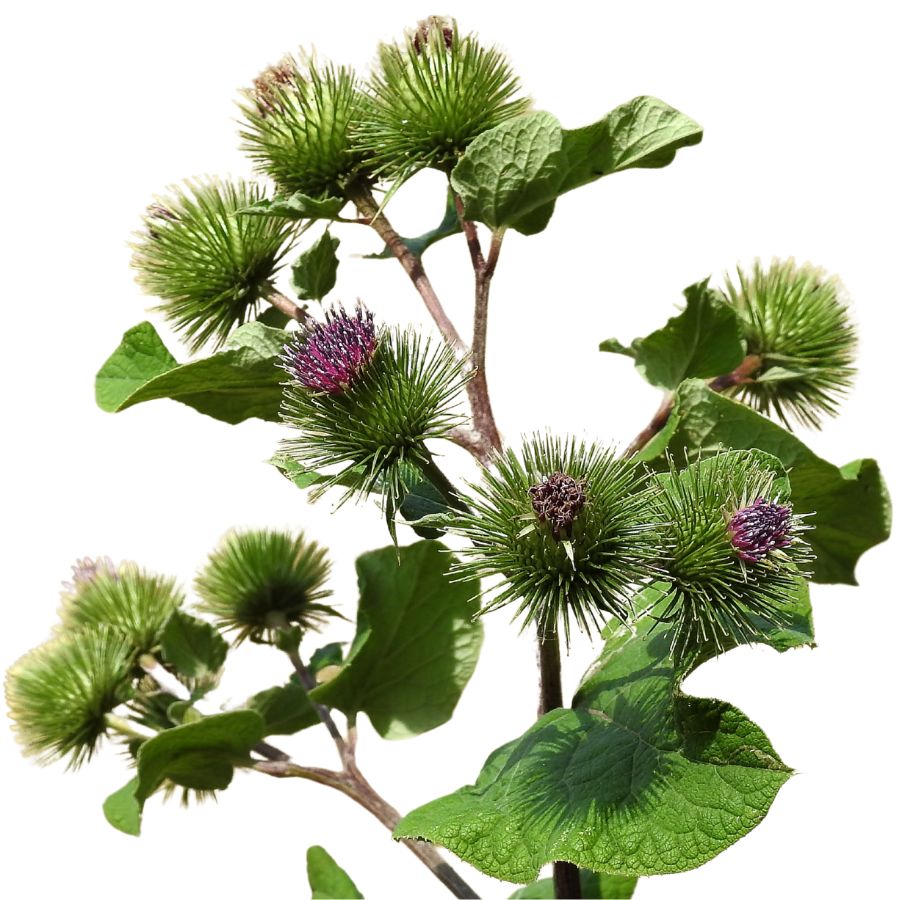
Burdock, also known as burrweed or beggar’s buttons, grows large, floppy leaves and produces clusters of sticky seed heads that cling to clothing and fur. The plant can easily tower over you once it matures, especially when the thick stalks shoot up.
The root is the main edible part and has a crisp texture with a mild, sweet, slightly earthy flavor when cooked. You should avoid eating the leaves or seed heads, as they tend to be unpleasantly bitter and tough even when young.
When you cook burdock root, it works well sliced thin and stir-fried, boiled into soups, or simmered with other vegetables to soak up savory flavors. Peeling the root before cooking can help soften the flavor and improve the texture.
It is important to watch out for lookalikes like foxglove and woolly mullein, which can grow similarly large leaves at the base. True burdock leaves have a whitish, fuzzy underside and strong, fibrous stems that are solid rather than hollow.
Desert Prickly Pear (Opuntia engelmannii)
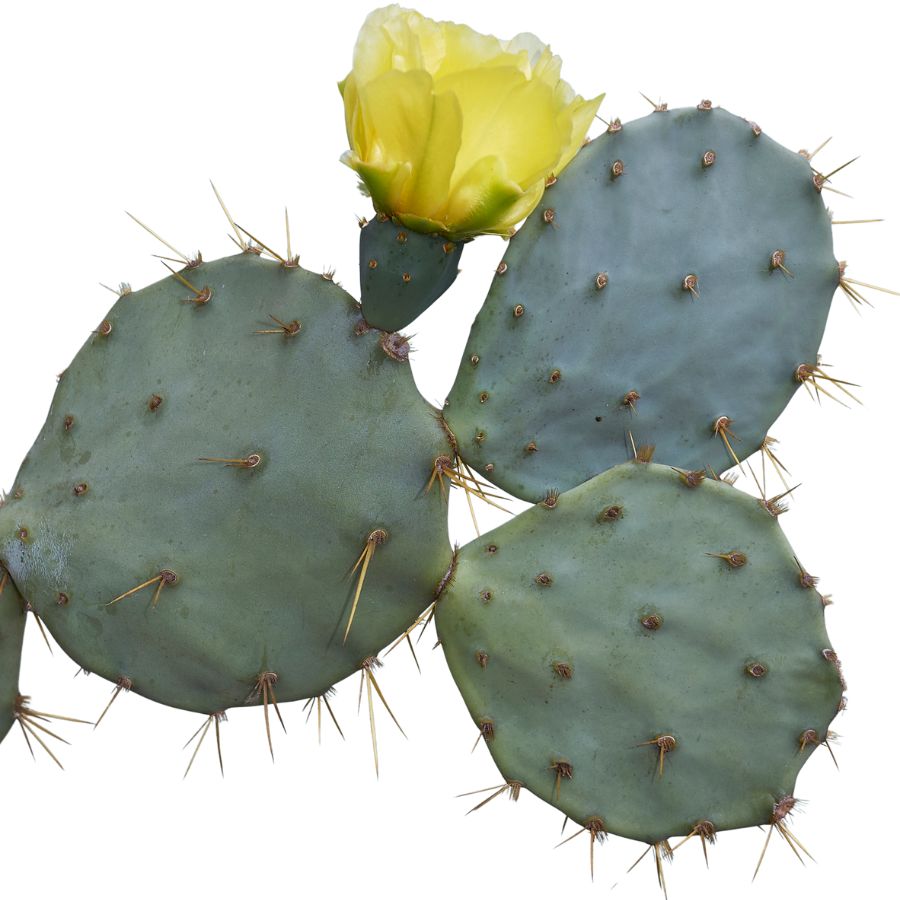
Thick green pads shaped like beaver tails are one of the easiest ways to spot desert prickly pear, also known as Texas prickly pear or nopal. The pads are covered in clusters of spines and tiny, almost invisible hairs called glochids that can irritate your skin if you are not careful.
Both the young pads and the ripe fruits are edible, but you will need to remove all spines and glochids first. The fruits, often called tunas, are sweet and juicy inside with a texture similar to watermelon, while the pads are more firm and slightly tart when cooked.
Once cleaned, the pads are often sliced and sautéed, pickled, or added to salads, giving dishes a crisp, slightly lemony flavor. The fruits can be eaten raw, juiced, or turned into jams and syrups, but always strain the seeds out unless you want an extra crunch.
A common mistake is confusing desert prickly pear with other wild cacti that have toxic or inedible parts. Always look for the characteristic flat, oval pads and large purple-red fruits to make sure you are harvesting the right plant.
Chickweed (Stellaria media)
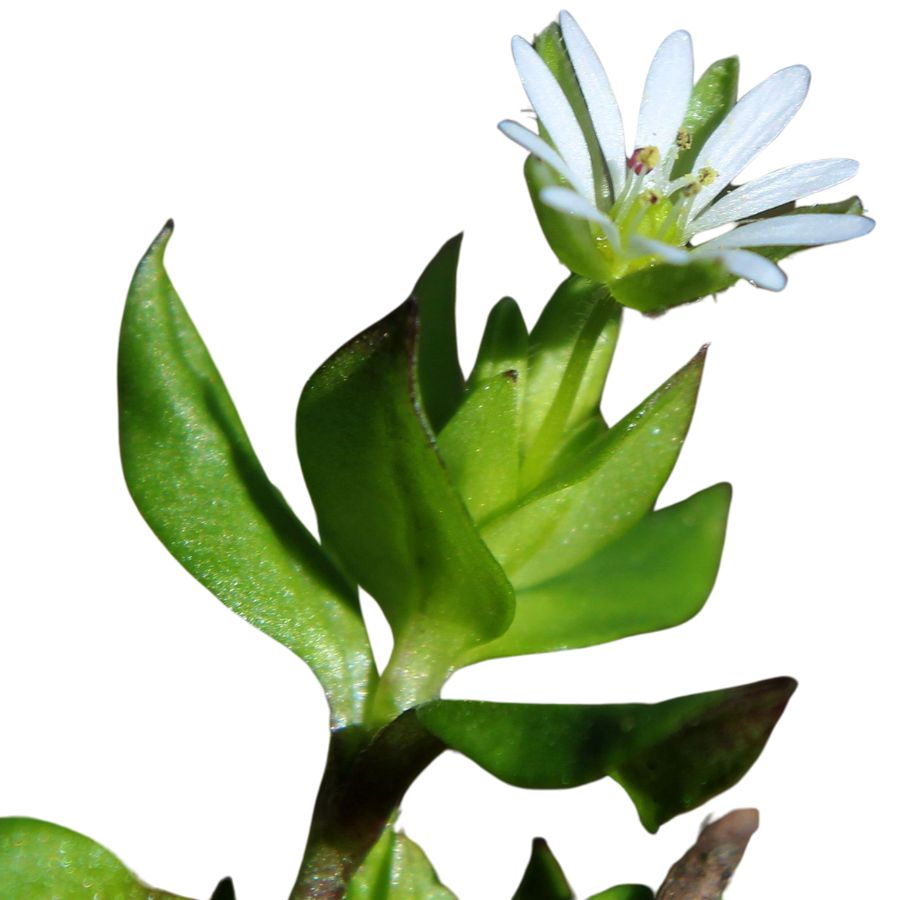
Chickweed, sometimes called satin flower or starweed, is a small, low-growing plant with delicate white star-shaped flowers and bright green leaves. The leaves are oval, pointed at the tip, and often grow in pairs along a slender, somewhat weak-looking stem.
When gathering chickweed, watch out for lookalikes like scarlet pimpernel, which has similar leaves but orange flowers instead of white. A key detail to check is the fine line of hairs that runs along one side of chickweed’s stem, a feature the dangerous lookalikes do not have.
The young leaves, tender stems, and flowers of chickweed are all edible, offering a mild, slightly grassy flavor with a crisp texture. You can toss it fresh into salads, blend it into pestos, or lightly wilt it into soups and stir-fries for a fresh green boost.
Aside from being a food plant, chickweed has been used traditionally in poultices and salves to help soothe skin irritations. Always make sure the plant is positively identified before eating, since mistaking it for a toxic lookalike could cause serious issues.
Dandelion (Taraxacum officinale)
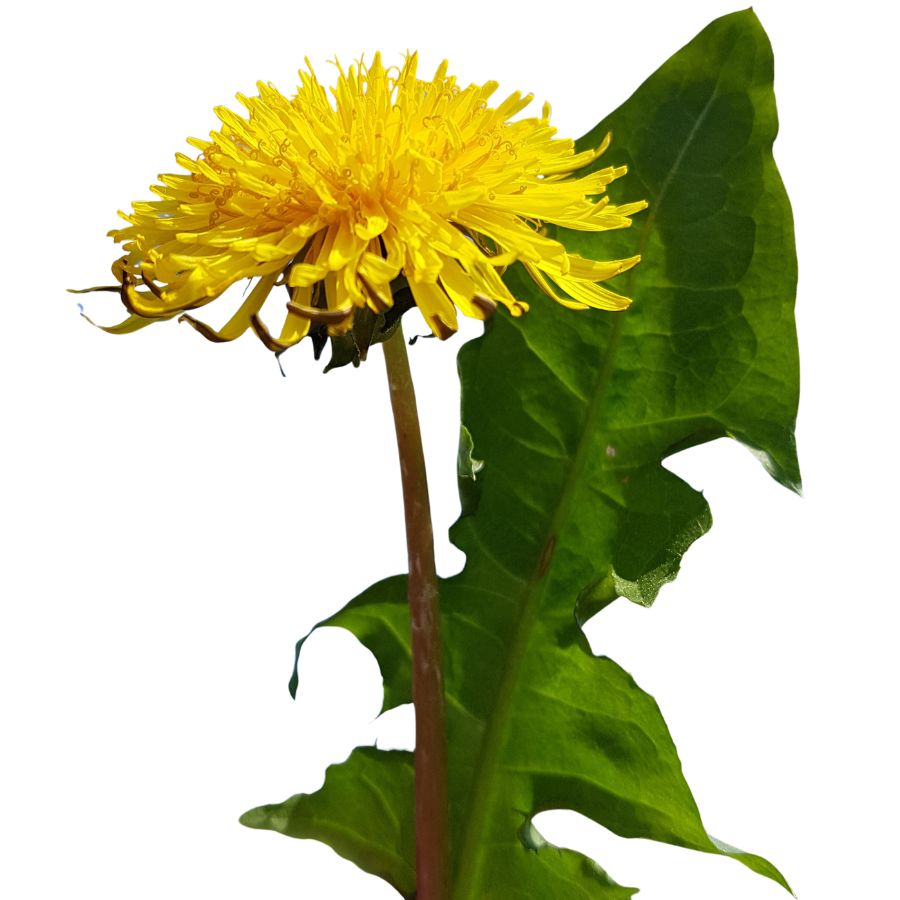
Bright yellow flowers and jagged, deeply toothed leaves make dandelions easy to spot in open fields, lawns, and roadsides. You might also hear them called lion’s tooth, blowball, or puffball once the flowers turn into round, white seed heads.
Every part of the dandelion is edible, but you will want to avoid harvesting from places treated with pesticides or roadside areas with heavy car traffic. Besides being a food source, dandelions have been used traditionally for simple herbal remedies and natural dye projects.
Young dandelion leaves have a slightly bitter, peppery flavor that works well in salads or sautés, and the flowers can be fried into fritters or brewed into tea. Some people even roast the roots to make a coffee substitute with a rich, earthy taste.
One thing to watch out for is cat’s ear, a common lookalike with hairy leaves and branching flower stems instead of a single, hollow one. To make sure you have a true dandelion, check for a smooth, hairless stem that oozes a milky sap when broken.
Elderberry (Sambucus nigra subsp. canadensis)
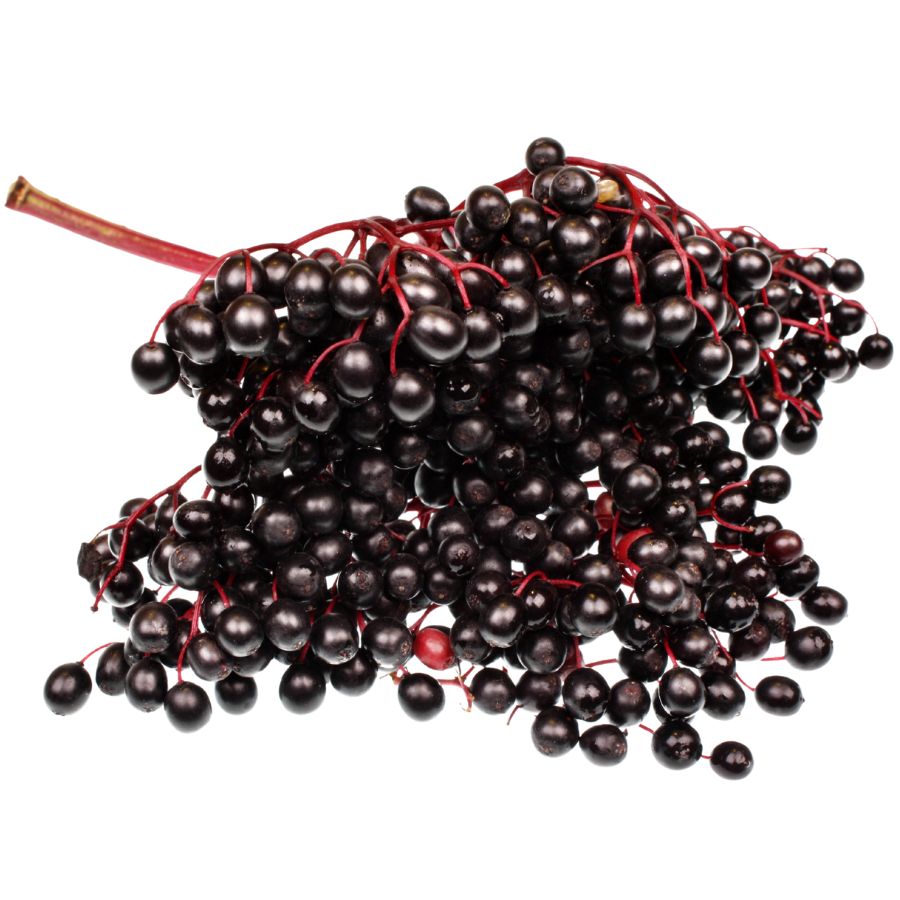
Elderberry is often called American elder, common elder, or sweet elder. It grows as a large, shrubby plant with clusters of tiny white flowers that eventually turn into deep purple to black berries.
You can recognize elderberry by its compound leaves with five to eleven serrated leaflets and its flat-topped flower clusters. One important thing to watch out for is its toxic lookalikes, like pokeweed, which has very different smooth-edged leaves and reddish stems.
The ripe berries have a tart, almost earthy flavor and a soft texture when cooked. People usually cook elderberries into syrups, jams, pies, or wine because eating raw berries can cause nausea.
Only the ripe, cooked berries and flowers are edible, while the leaves, stems, and unripe berries are toxic. Always take care to strip the berries cleanly from their stems before using them, as even small bits of stem can cause problems.
Henbit (Lamium amplexicaule)
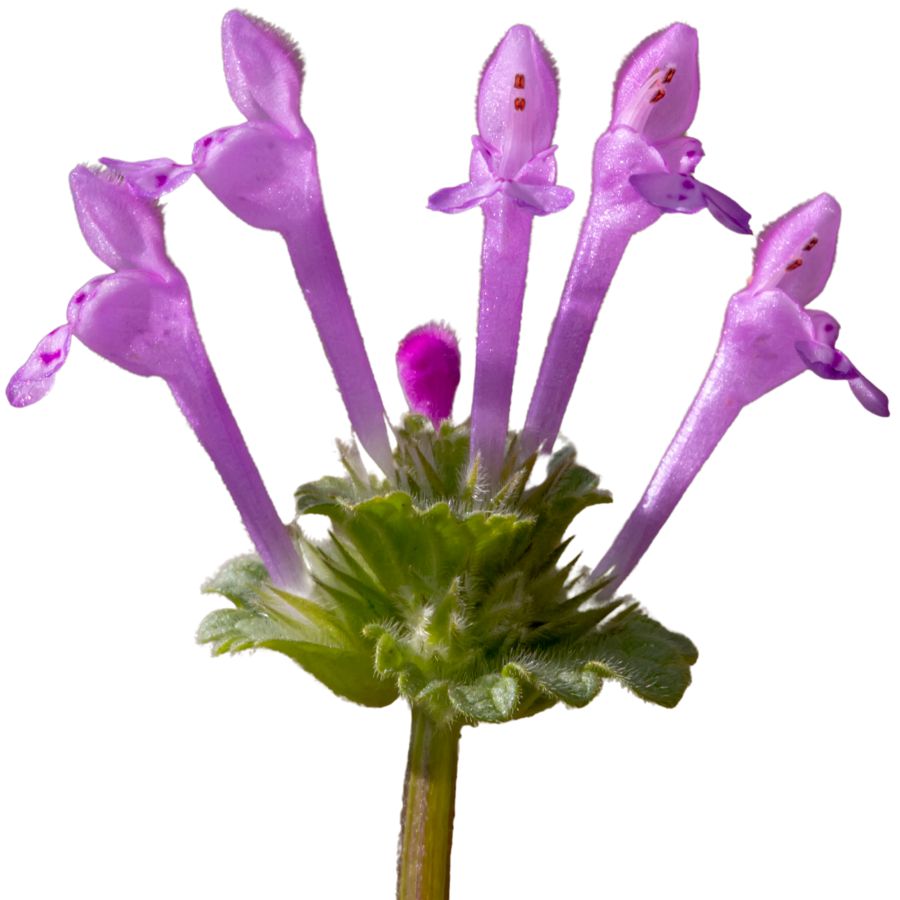
Henbit, which is also known as giraffe head or henbit deadnettle, is a small plant with fuzzy, scalloped leaves and tiny pink-purple flowers. You can spot it easily by the way its square stems branch low to the ground while the leaves crowd around the stem in neat whorls.
The stems, leaves, and flowers are all edible and can be eaten raw or cooked. They have a mild, slightly sweet flavor with a soft texture that works well in salads, smoothies, or lightly sautéed dishes.
Henbit is often added fresh to salads or used as a tender green in soups and stir-fries. There is no need to cook it for long because it wilts quickly and can lose its flavor if overcooked.
It’s important to remember that henbit can look similar to purple deadnettle, but henbit’s leaves are more rounded and clasp the stem directly without long stalks. Another lookalike is ground ivy, which has a stronger smell and a creeping growth habit that henbit does not.
Lamb’s Quarters (Chenopodium album)
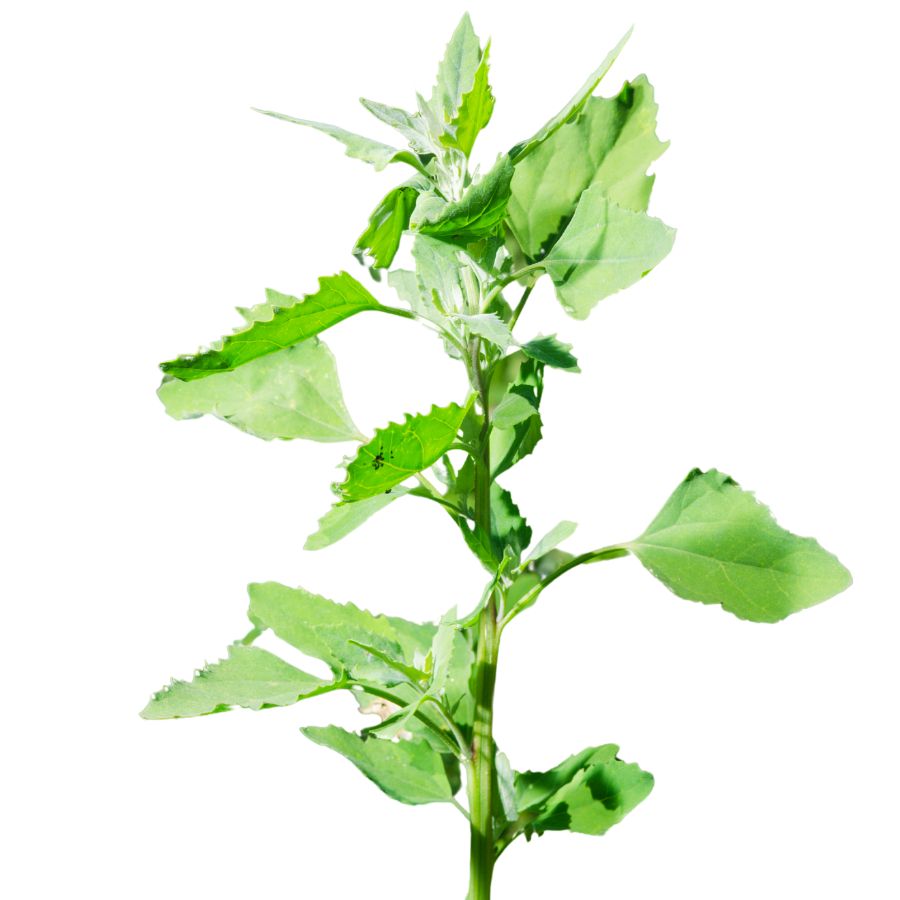
Lamb’s quarters, also called wild spinach and pigweed, has soft green leaves that often look dusted with a white, powdery coating. The leaves are shaped a little like goose feet, with slightly jagged edges and a smooth underside that feels almost velvety when you touch it.
A few plants can be confused with lamb’s quarters, like some types of nightshade, but true lamb’s quarters never have berries and its leaves are usually coated in that distinctive white bloom. Always check that the stems are grooved and not round and smooth like the poisonous lookalikes.
When you taste lamb’s quarters, you will notice it has a mild, slightly nutty flavor that gets richer when cooked. The young leaves, tender stems, and even the seeds are all edible, but you should avoid eating the older stems because they become tough and stringy.
People often sauté lamb’s quarters like spinach, blend it into smoothies, or dry the leaves for later use in soups and stews. It is also rich in oxalates, so you will want to cook it before eating large amounts to avoid any problems.
Mulberry (Morus alba, M. rubra)
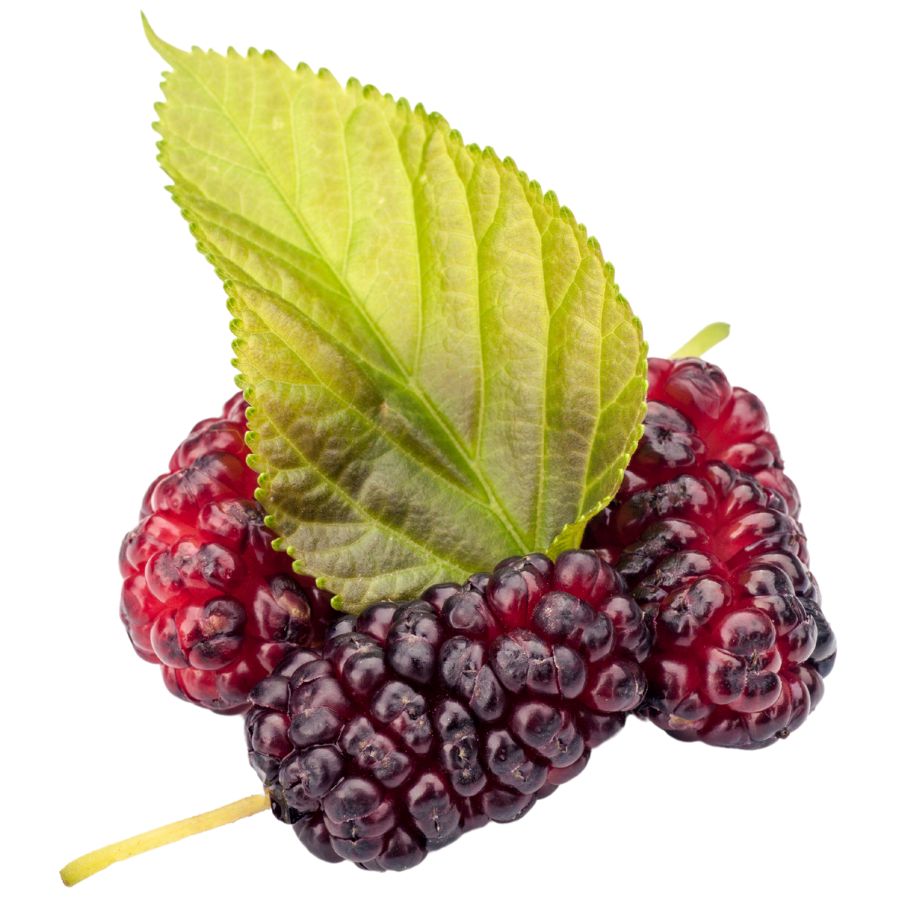
Sweet, juicy, and often overlooked, mulberries are one of the easiest wild berries to recognize. Known by names like white mulberry and red mulberry, these trees produce small, blackberry-like fruits that range from pale pink to deep purple.
The berries have a soft, almost melting texture with a mild tartness behind the sugar. You can eat them fresh by the handful, bake them into pies, or simmer them down into homemade jams and syrups.
While the fruits are safe and delicious when ripe, you should avoid eating the unripe berries or any part of the tree’s sap, which can cause stomach upset. It is also worth knowing that mulberries are delicate and bruise easily when picked, so handle them gently.
Red osier dogwood and some honeysuckles can produce berries that look similar from a distance, but true mulberries grow singly or in loose clusters along the branches and have a distinctive leaf shape that sets them apart. Always double-check the leaf texture and berry arrangement before eating any wild fruits.
Mustard (Brassica rapa, Brassica nigra)
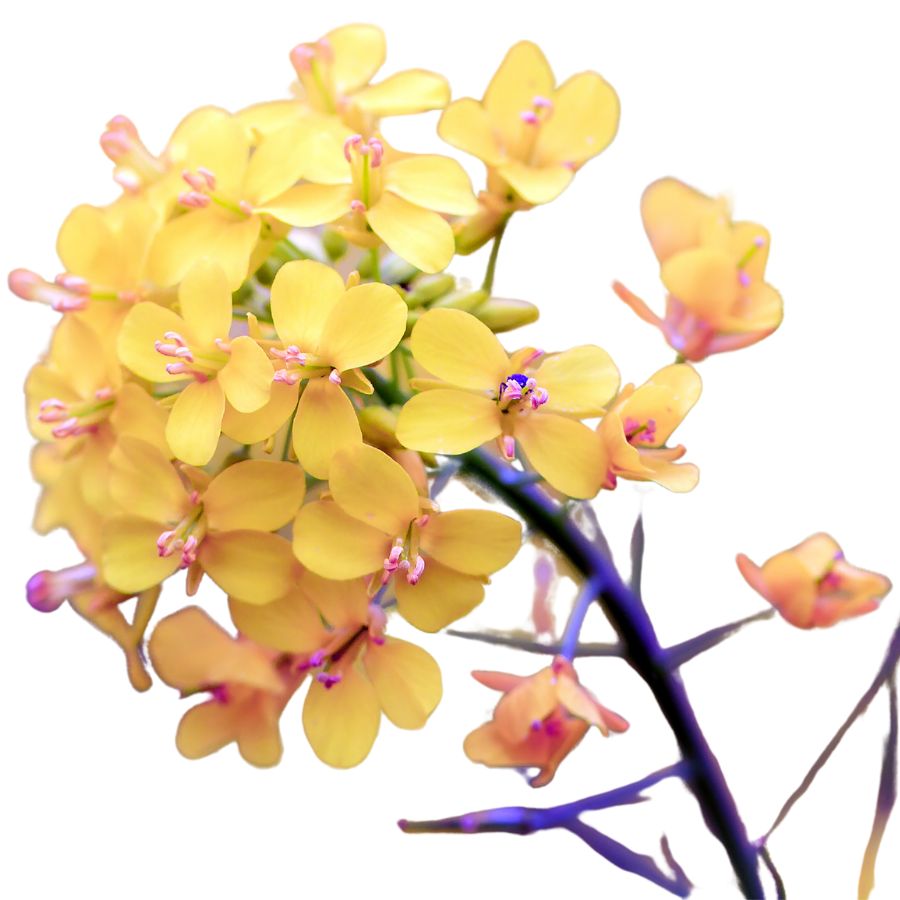
Wild mustard is sometimes called field mustard or black mustard, and it is a surprisingly common wild edible. The plants usually have bright yellow flowers with four petals and slightly fuzzy, lobed leaves that look a little like arugula.
When you are looking for wild mustard, be careful not to confuse it with young poison hemlock, which can have similar leaf shapes but no yellow flowers and a more finely divided, lacy appearance. Wild mustard leaves, stems, flowers, seed pods, and seeds are all edible, but the roots are usually too tough and fibrous to be worth eating.
The flavor of wild mustard can be peppery and sharp when raw, but cooking the leaves or stems softens the taste and brings out a mild, cabbage-like sweetness. People often sauté the greens, pickle the buds, or grind the seeds to make a spicy homemade mustard.
One interesting thing about wild mustard is that it is part of a huge family of plants humans have cultivated for centuries, including broccoli, kale, and turnips. If you harvest wild mustard, make sure you positively identify it, because while it is safe to eat, some toxic plants can look similar when they are young.
Pecan (Carya illinoinensis)
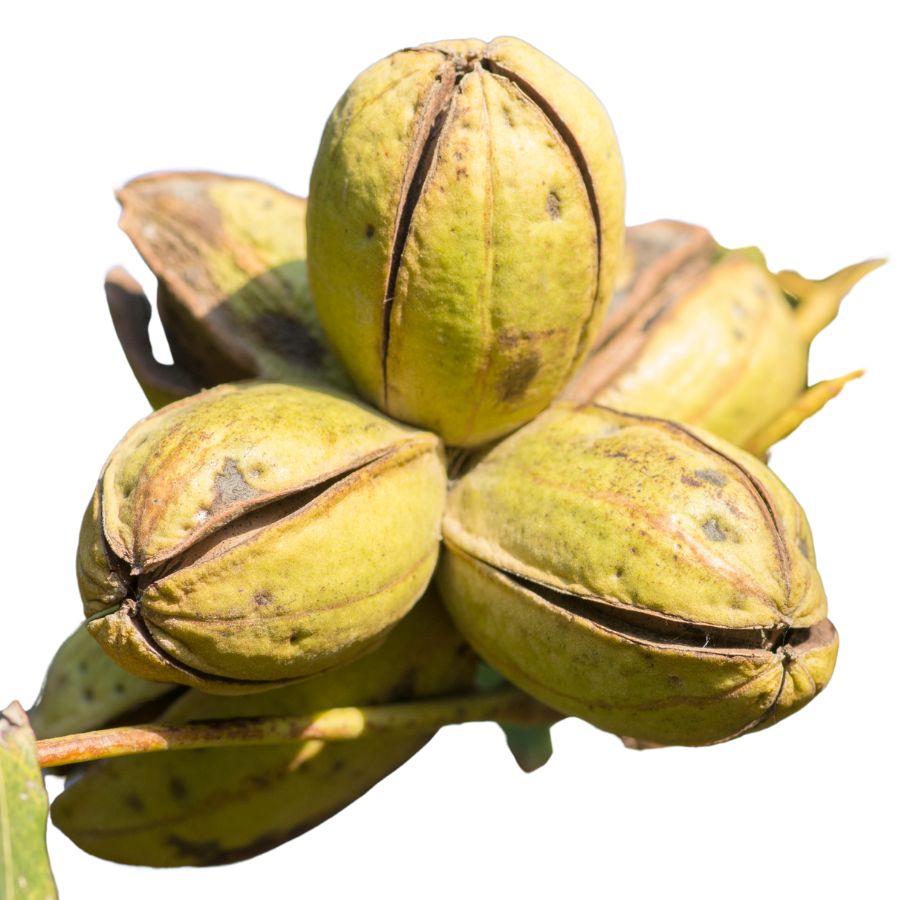
Pecan trees are sometimes called sweet pecans or just pecans, and they are easy to recognize once you know what to look for. They grow tall with long, feather-like leaves and produce a thick-shelled nut that splits open when ripe, revealing the edible part inside.
The nuts are hidden inside a smooth brown shell surrounded by a greenish husk. Some types of hickory nuts can look similar, but pecans are more elongated and have a thinner shell that cracks more easily.
Pecans have a rich, buttery flavor with a slightly sweet aftertaste, and their texture is firm yet tender when fresh. They are commonly roasted, baked into pies, or used raw in salads and desserts for added crunch and flavor.
Be careful not to eat the green outer husk or the hard shell, as only the nutmeat inside is edible. When gathering pecans, make sure they are fully ripened and free from mold or bitterness, which can ruin their flavor.
Plantain (Plantago major, Plantago lanceolata)

Plantain, also called common plantain or narrowleaf plantain depending on the type, is a low-growing plant with broad or lance-shaped leaves and tall, slender flower spikes. The leaves grow in a rosette close to the ground, and the thick veins running through them are one of the easiest ways to tell it apart from other plants.
You can mainly eat the young leaves and the seeds of the plants. Older leaves can become tough and stringy, so it is best to pick the smaller, tender ones when you want to eat them.
Plantain leaves have a slightly bitter, earthy taste and a chewy texture, especially when eaten raw. Many people like to add them to salads, soups, or stews, or lightly steam them to soften the flavor.
Always make sure you have a true plantain before eating because some similar-looking yard plants are not palatable and can upset your stomach. Look for the strong parallel veins and the tough, fibrous stems to help confirm your find.
Purslane (Portulaca oleracea)
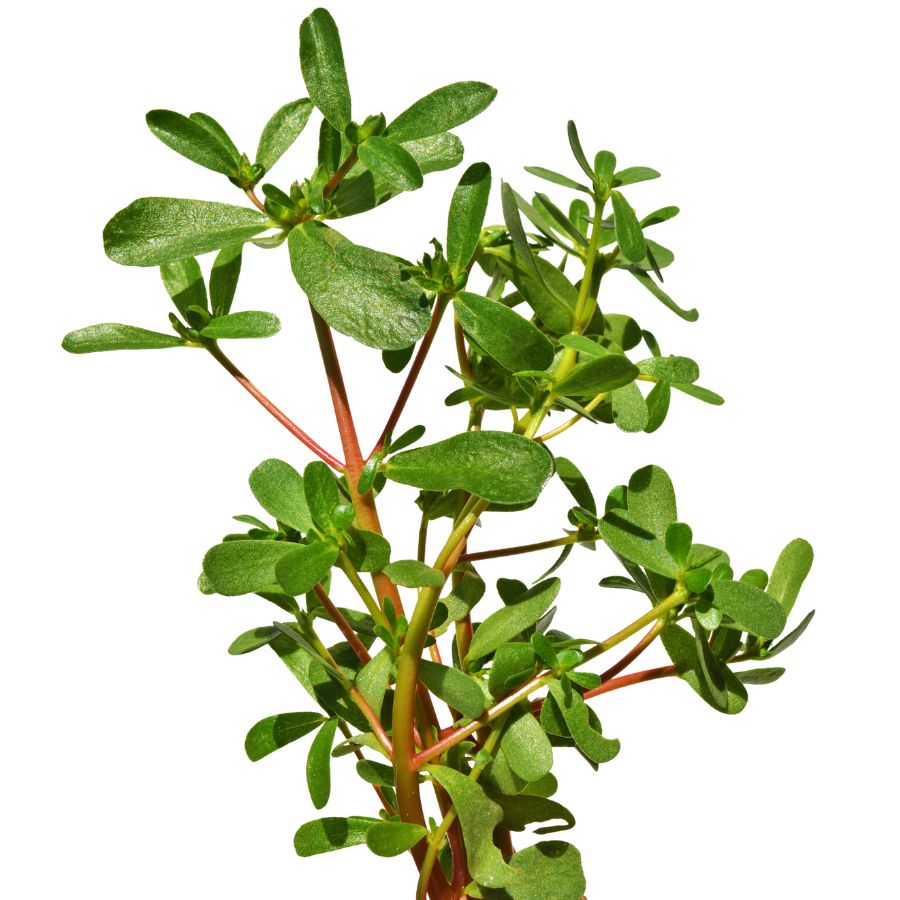
Purslane is a hardy, low-growing plant that’s also sometimes known as little hogweed or verdolaga. It has smooth, reddish stems and thick, paddle-shaped leaves that feel a bit waxy when you touch them.
The stems, leaves, and tiny yellow flowers are all edible, while the roots are not typically eaten. Purslane has a crisp texture with a slightly tart, lemony flavor that works well raw or cooked.
Some plants that look similar include spurge, which has a milky sap and is not edible, so it is important to check for purslane’s smooth, succulent stems and lack of sap. Always double-check by gently snapping a stem to make sure no white liquid appears.
You can toss fresh purslane into salads, sauté it lightly like spinach, or pickle it for later use. Its mild tartness and slight crunch make it a refreshing addition to sandwiches, soups, and even stir-fries.
Sumac (Rhus copallinum, Rhus glabra)
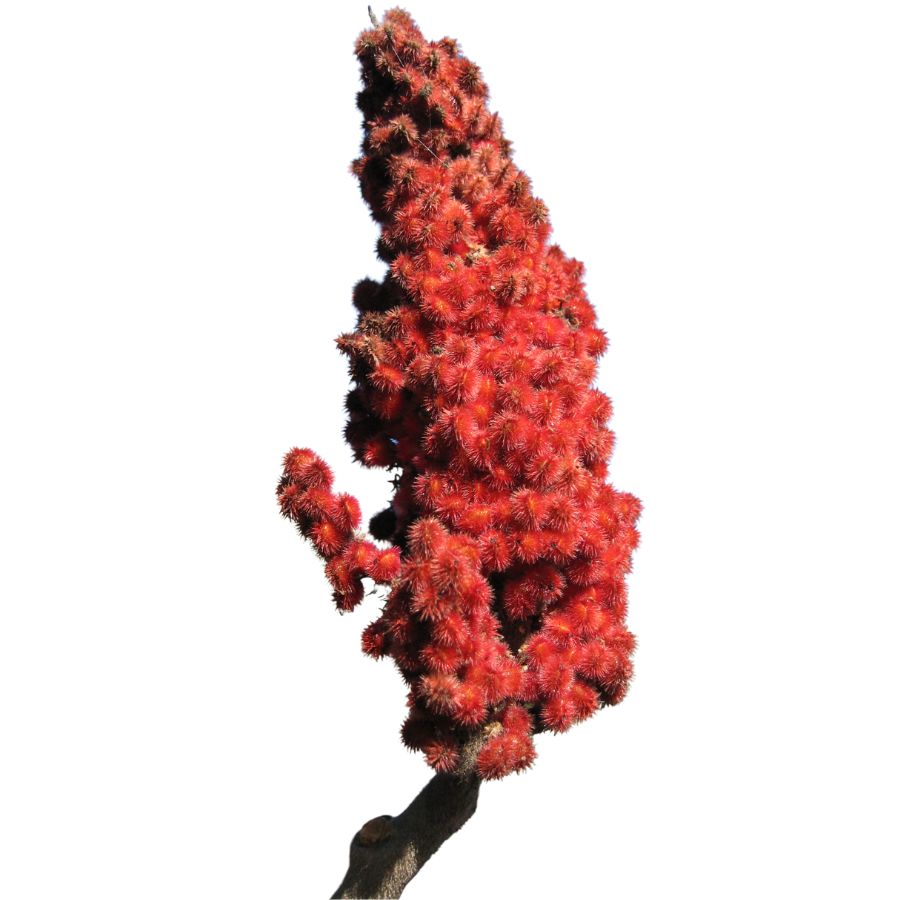
Sumac grows as a shrub or small tree with feather-like leaves and clusters of deep red berries. The berries are tightly packed into cone-shaped bunches that have a soft, fuzzy texture when you touch them.
The bright red berries are the edible part, while the stems, leaves, and bark should not be eaten. If you taste the berries raw, they have a tart, lemony flavor that leaves a dry feeling in your mouth.
A common lookalike is poison sumac, but it has white berries and grows in wet, swampy areas, which helps set it apart. Always make sure the sumac you gather has fuzzy red berry clusters and grows in drier places.
People often use the berries by soaking them in water to make a tangy drink similar to lemonade. You can also dry and grind the berries into a spice that adds a sour kick to different foods.
Sunflower (Helianthus annuus)
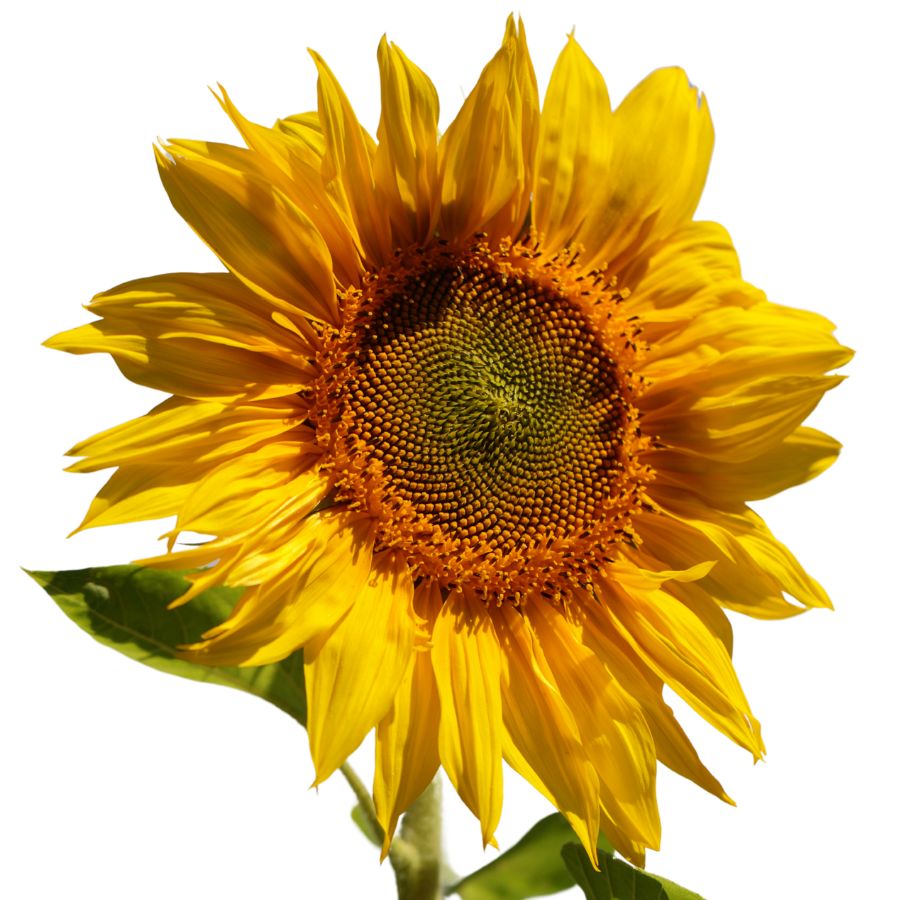
Sunflowers have a thick, rough stem and large, broad leaves with a slightly sandpapery texture. The huge circular flower head is made up of bright yellow petals surrounding a dark center packed with seeds.
The seeds inside the flower head are edible once they mature, and you can eat them raw, roasted, or ground into meal. The young flower buds are also edible and can be steamed or sautéed like an artichoke.
When gathering sunflower seeds, make sure not to confuse the plant with certain types of wild composites that have smaller flowers and thin, spindly stalks. True sunflowers always have a thick, sturdy stem and a flower head that can be as wide as a dinner plate.
Sunflower seeds have a mild, nutty flavor and a tender crunch when fresh. You can also press the seeds for oil or sprout them for a nutritious snack.
Wild Garlic (Allium vineale)
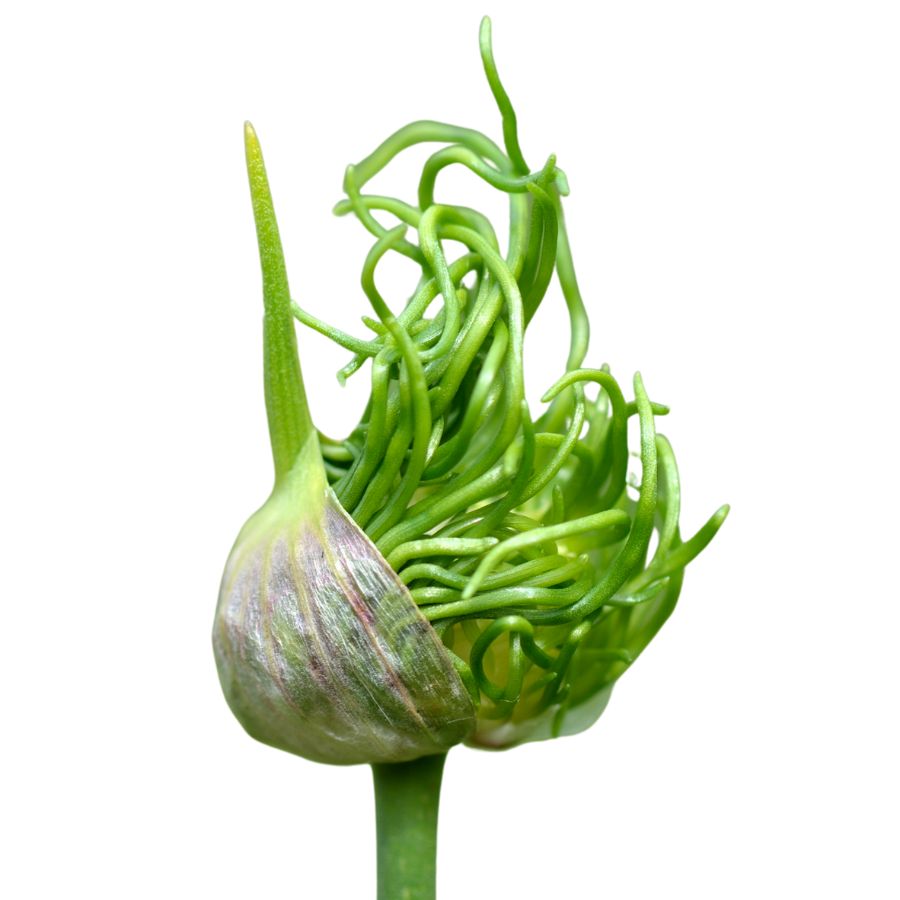
Wild garlic has slender, hollow leaves that look a lot like chives. When you crush the leaves or bulbs between your fingers, they release a strong garlicky smell that makes identification easier.
The are both edible, and You can use the bulbs and leaves raw or cooked in different dishes. Just make sure you are not mistaking it for toxic lookalikes like death camas, which does not smell like garlic at all.
Wild garlic has a sharp, onion-garlic flavor that becomes milder when cooked. You can chop the leaves into salads, stir them into soups, or blend them into sauces like pesto.
One thing to watch for is that the bulbs can sometimes have a tough, fibrous outer layer you will want to peel away before eating. If you want the best flavor, focus on younger, tender leaves rather than older, stringy ones.
Wild Plum (Prunus mexicana, Prunus angustifolia)
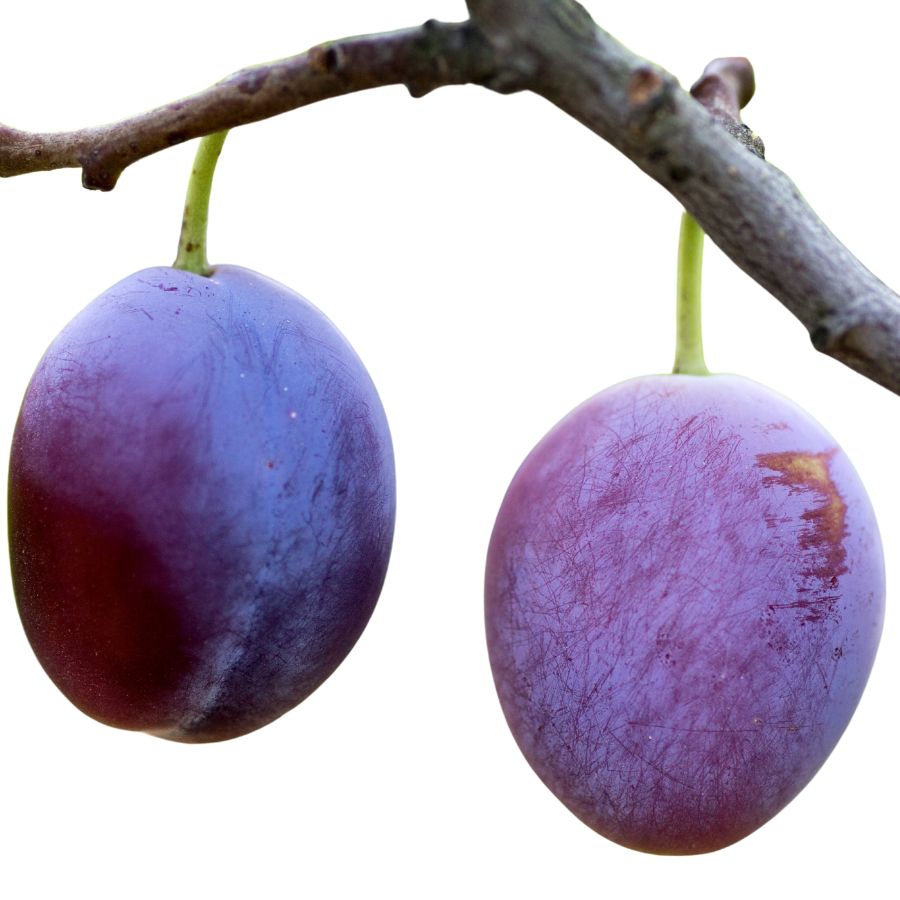
You might spot a thicket of small trees with rough bark and sharp thorns when you are near fields or along old fence lines. If you look closer, you will find clusters of smooth-skinned fruits that belong to wild plum.
Even though the ripe fruits look inviting, only the flesh should be eaten because the seeds, leaves, and stems can be harmful if ingested. Make sure to spit out the pit after eating or cooking the plums.
The rich, sweet-tart flavor of wild plum makes it perfect for eating fresh or turning into jellies, sauces, or rustic pies. You will notice the flesh softens quickly with heat, blending easily into preserves.
Wild plum sometimes gets confused with wild cherry or buckthorn, but you can tell the difference by the fruit’s thicker stem and the sharper bite of its flavor. Always make a positive ID before picking since not all wild fruits are safe to eat.
Wood Sorrel (Oxalis spp.)
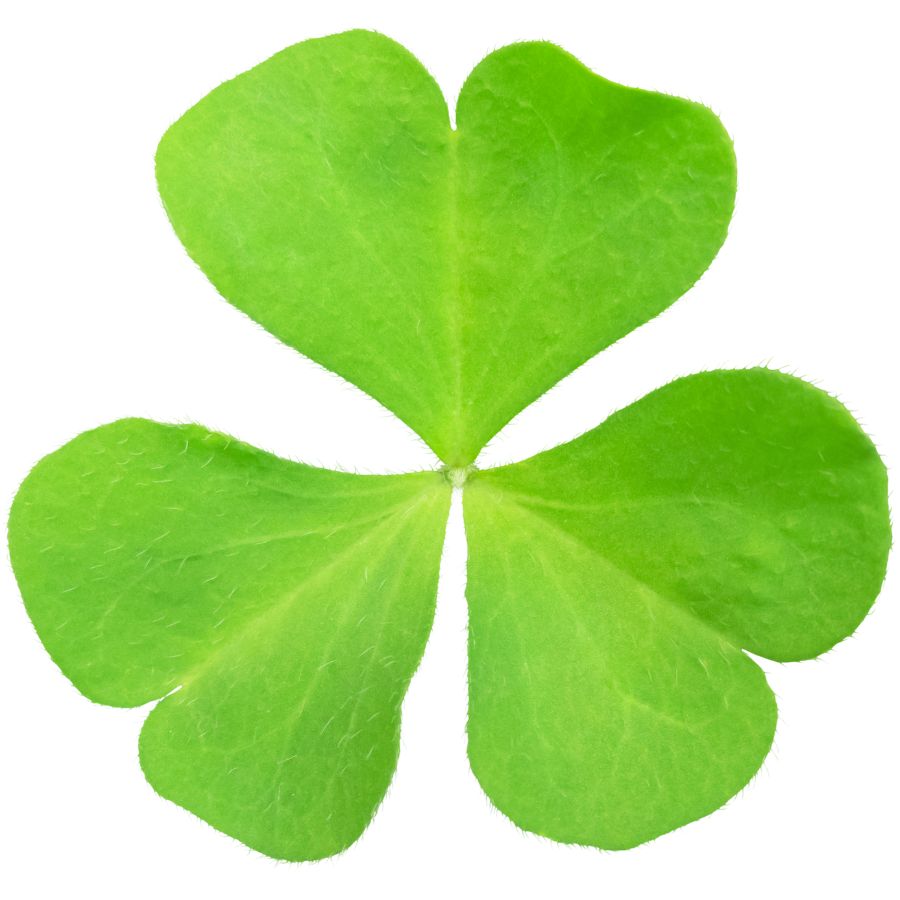
Wood sorrel is easy to spot with its clover-like leaves, delicate flowers, and sour flavor. It often goes by names like sourgrass and shamrock, although it is not the same as the traditional Irish shamrock.
Wood sorrel can be mistaken for true clovers, which do not have the same sour taste. Always check the leaf shape and flavor before eating, because wood sorrel leaves are distinctly heart-shaped and more delicate.
The leaves, flowers, and seed pods of wood sorrel are all edible and have a sharp, lemony taste that makes them a refreshing trail snack. You can also toss them into salads or use them as a garnish to brighten up a dish with their tartness.
While wood sorrel is generally safe in small amounts, it does contain oxalic acid, so it is best not to eat large quantities. Some people also like to brew the leaves into a light, tangy tea, adding another way to enjoy this common and flavorful wild plant.
You've probably walked past some incredible rocks and minerals. You need this guide 👇👇👇
We've all come across a cool rock that we could have sworn was rare or valuable but couldn't tell what it was.
If you're not 100% confident that you know every rock and mineral in Texas this guide is for you.
The Texas Rocks & Minerals Field Guide helps you ID what you find in seconds, from Hill Country agates to Llano granite, with crisp photos, simple charts, and zero fluff.
→ Grab your copy today and spot your next gem before anyone else does.
What this guide unlocks:
🧭 Confidence in the field — ID rocks fast and move on to the next find
🎒 Lightweight and waterproof — built for trails, not coffee tables
🌅 Weekend adventures — find treasures on rivers, ranches, and roadsides
🤠 Texas pride — explore the real geological beauty of your state
🔥 Motivation — every trip outside feels like a hunt for hidden gems
Watercress (Nasturtium officinale)
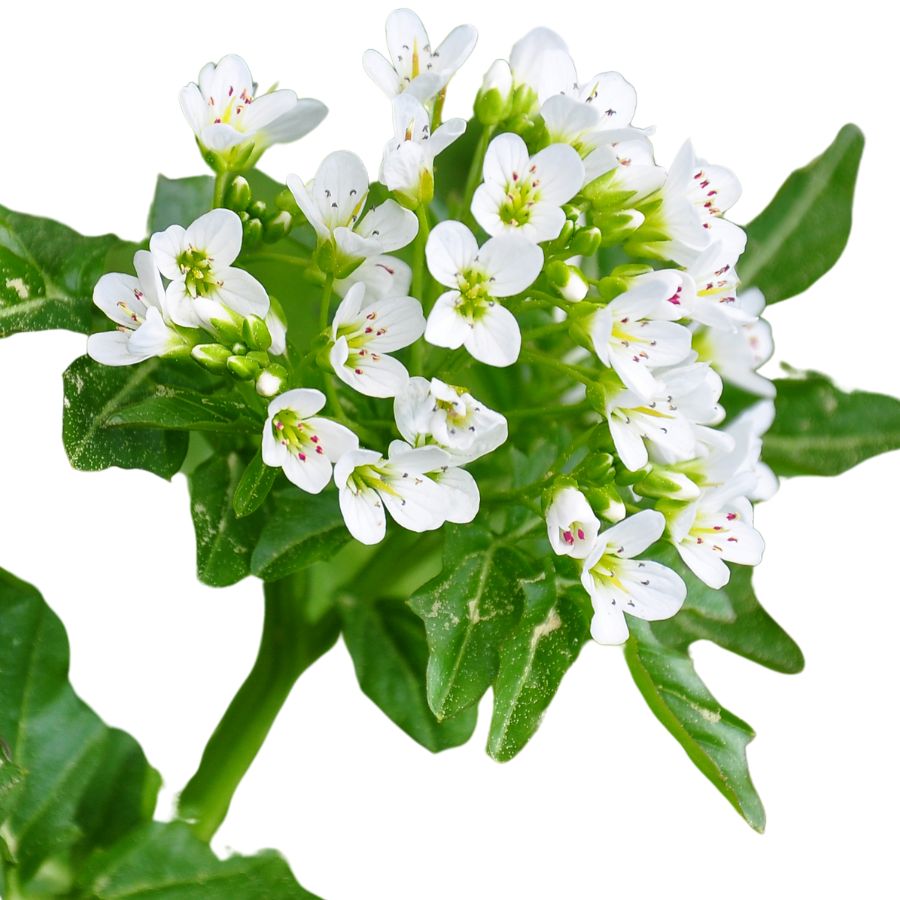
Watercress, also known as yellowcress or garden cress, is an aquatic plant with small, rounded green leaves and hollow stems that often float along the water’s surface. It usually grows in dense mats, and the bright green color is one of the easiest ways to spot it in clear, shallow streams and ponds.
Besides being a popular edible green, watercress has been traditionally used in herbal remedies, especially for boosting digestion and respiratory health.
The leaves and stems are edible, offering a crisp texture and a peppery, slightly spicy taste that can remind you of arugula. People often enjoy it raw in salads, blended into soups, or lightly wilted into stir-fries for a fresh bite.
Stick to eating the leaves and stems, and avoid any parts that look yellowed or slimy, since healthy watercress should always look vibrant and clean.
Watercress has a few lookalikes like lesser celandine or young wild mustard, but true watercress has a distinct sharp flavor and tends to grow only in moving, clean water. Always double-check your identification, because gathering from stagnant or contaminated water sources can expose you to harmful bacteria or parasites.
Miner’s Lettuce (Claytonia perfoliata)
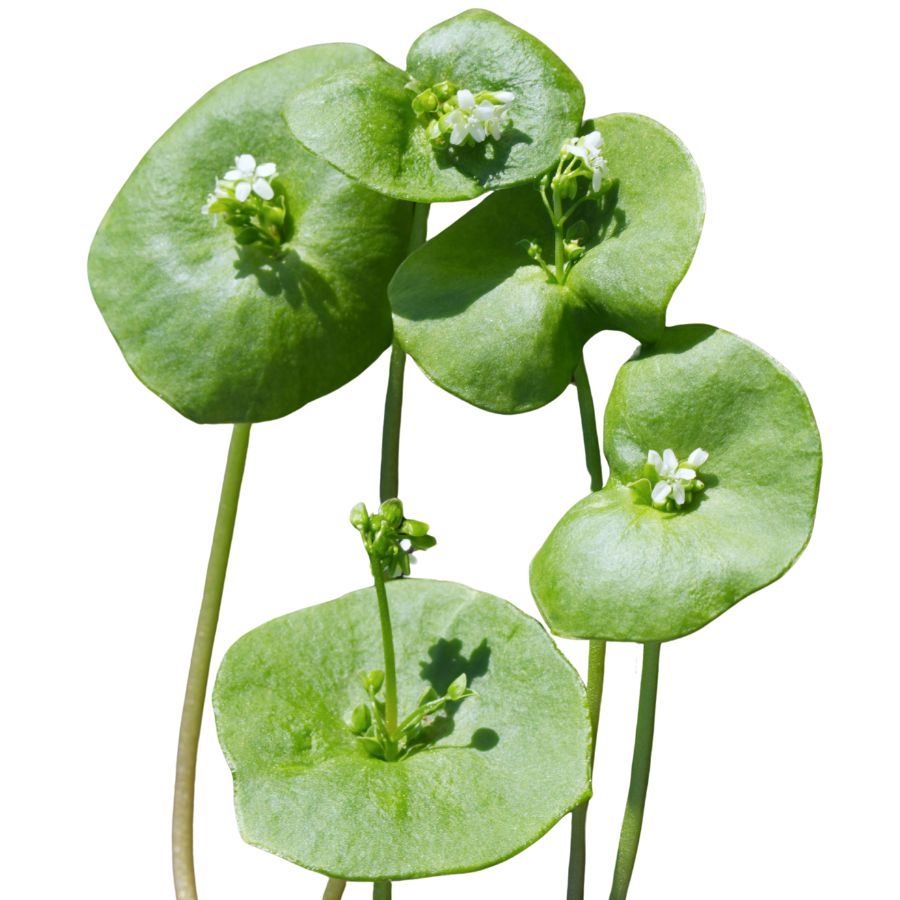
Miner’s lettuce, also known as Indian lettuce and winter purslane, has round, cup-shaped leaves that almost look like they are threaded through the stem. Tiny white flowers often bloom right in the center of the leaf, giving it a distinctive, easy-to-spot look if you are paying attention.
The leaves and stems are edible and have a crisp, tender texture with a mild, slightly sweet flavor. Some people describe the taste as a little like spinach but even fresher and lighter when eaten raw.
You can toss miner’s lettuce straight into salads, blend it into smoothies, or lightly sauté it for a simple side dish. It also holds up well when added to sandwiches or wrapped in tortillas if you want a bit of fresh crunch.
While it is generally safe to eat, it is important to avoid confusing miner’s lettuce with toxic lookalikes like young spurge plants, which have a milky sap if snapped. Always double-check that the stems are smooth and the flowers are small and white before harvesting anything to eat.
Toxic Plants That Look Like Edible Plants
There are plenty of wild edibles to choose from, but some toxic native plants closely resemble them. Mistaking the wrong one can lead to severe illness or even death, so it’s important to know exactly what you’re picking.
Poison Hemlock (Conium maculatum)
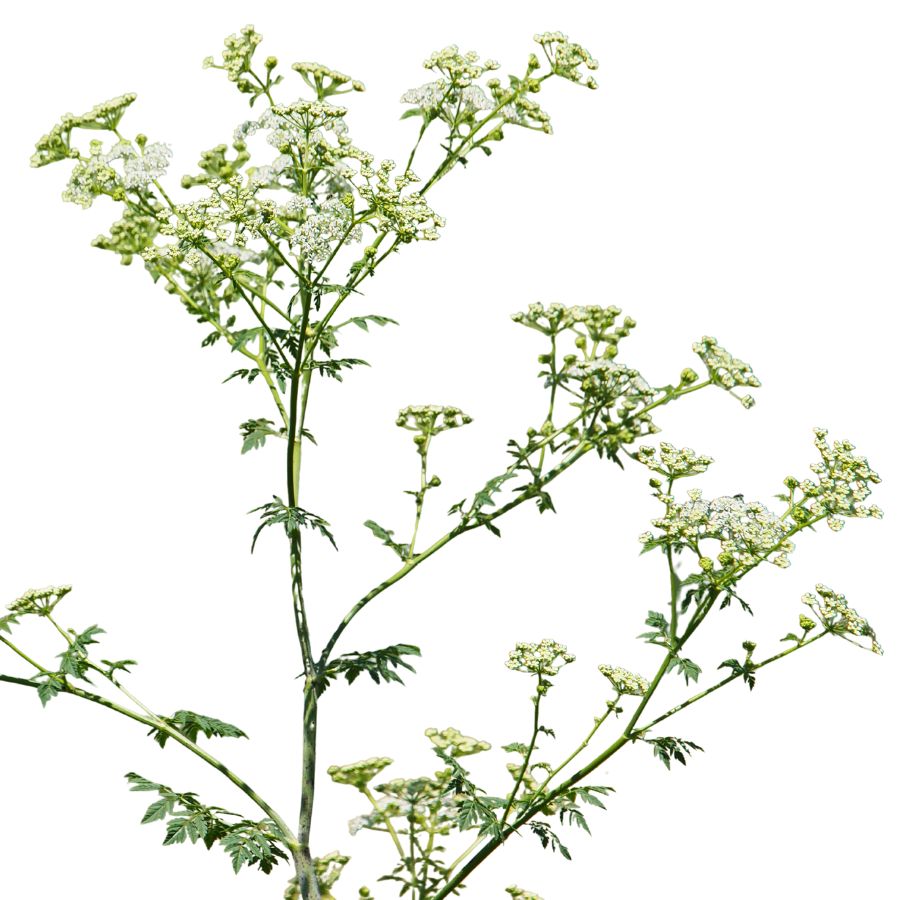
Often mistaken for: Wild carrot (Daucus carota)
Poison hemlock is a tall plant with lacy leaves and umbrella-like clusters of tiny white flowers. It has smooth, hollow stems with purple blotches and grows in sunny places like roadsides, meadows, and stream banks.
Unlike wild carrot, which has hairy stems and a dark central floret, poison hemlock has a musty odor and no flower center spot. It’s extremely toxic; just a small amount can be fatal, and even touching the sap can irritate the skin.
Water Hemlock (Cicuta spp.)
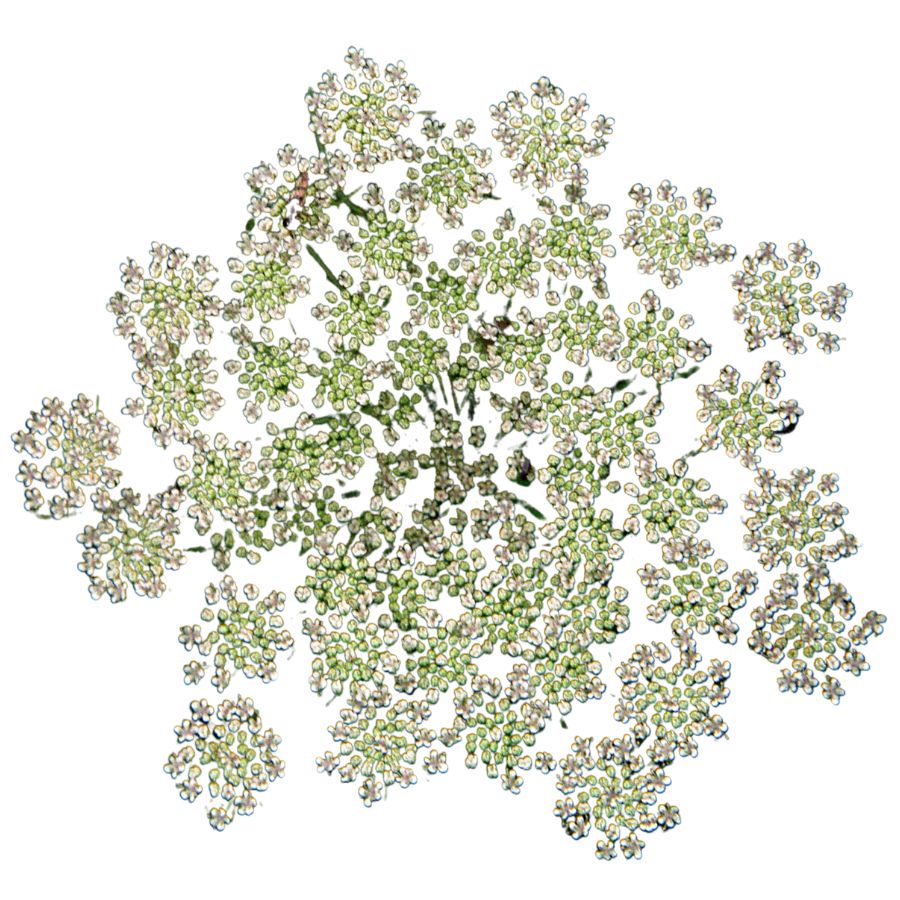
Often mistaken for: Wild parsnip (Pastinaca sativa) or wild celery (Apium spp.)
Water hemlock is a tall, branching plant with umbrella-shaped clusters of small white flowers. It grows in wet places like stream banks, marshes, and ditches, with stems that often show purple streaks or spots.
It can be confused with wild parsnip or wild celery, but its thick, hollow roots have internal chambers and release a yellow, foul-smelling sap when cut. Water hemlock is the most toxic plant in North America, and just a small amount can cause seizures, respiratory failure, and death.
False Hellebore (Veratrum viride)
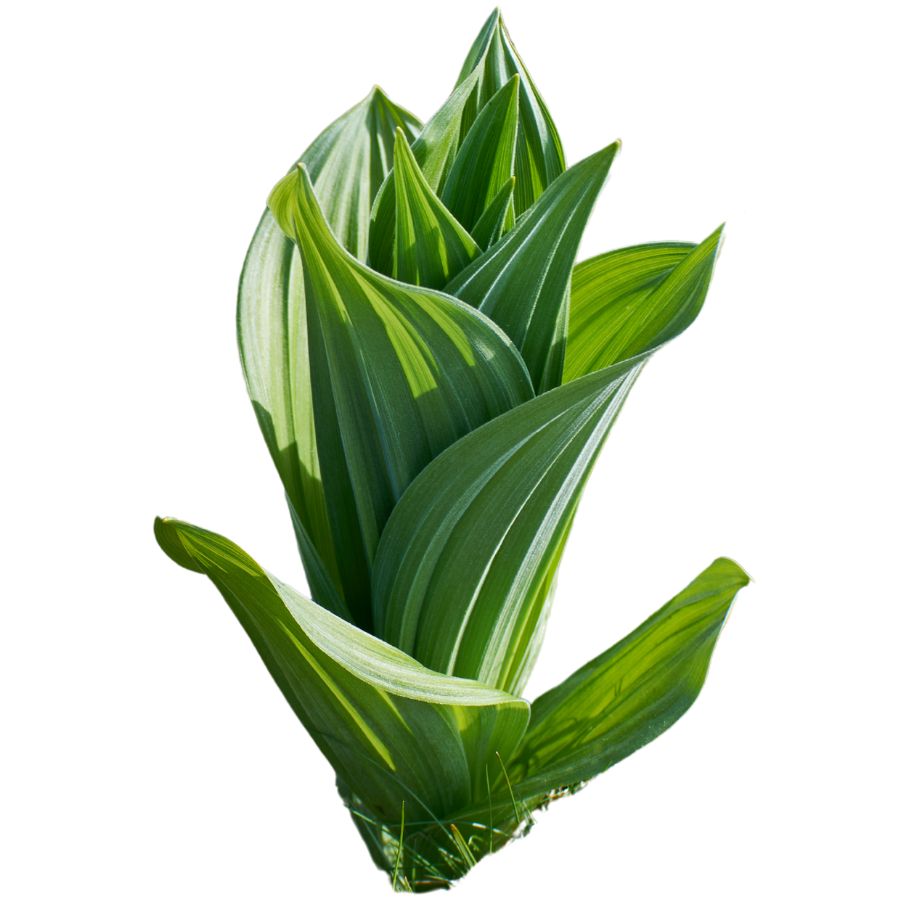
Often mistaken for: Ramps (Allium tricoccum)
False hellebore is a tall plant with broad, pleated green leaves that grow in a spiral from the base, often appearing early in spring. It grows in moist woods, meadows, and along streams.
It’s commonly mistaken for ramps, but ramps have a strong onion or garlic smell, while false hellebore is odorless and later grows a tall flower stalk. The plant is highly toxic, and eating any part can cause nausea, a slowed heart rate, and even death due to its alkaloids that affect the nervous and cardiovascular systems.
Death Camas (Zigadenus spp.)
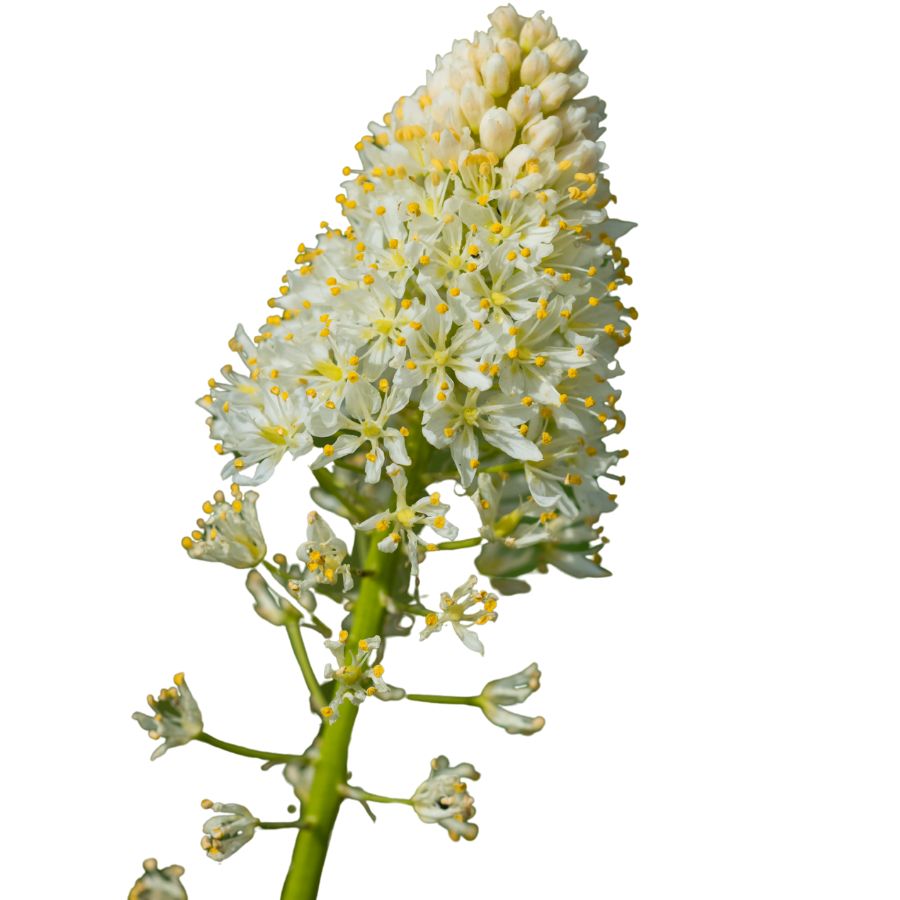
Often mistaken for: Wild onion or wild garlic (Allium spp.)
Death camas is a slender, grass-like plant that grows from underground bulbs and is found in open woods, meadows, and grassy hillsides. It has small, cream-colored flowers in loose clusters atop a tall stalk.
It’s often confused with wild onion or wild garlic due to their similar narrow leaves and habitats, but only Allium plants have a strong onion or garlic scent, while death camas has none. The plant is extremely poisonous, especially the bulbs, and even a small amount can cause nausea, vomiting, a slowed heartbeat, and potentially fatal respiratory failure.
Buckthorn Berries (Rhamnus spp.)
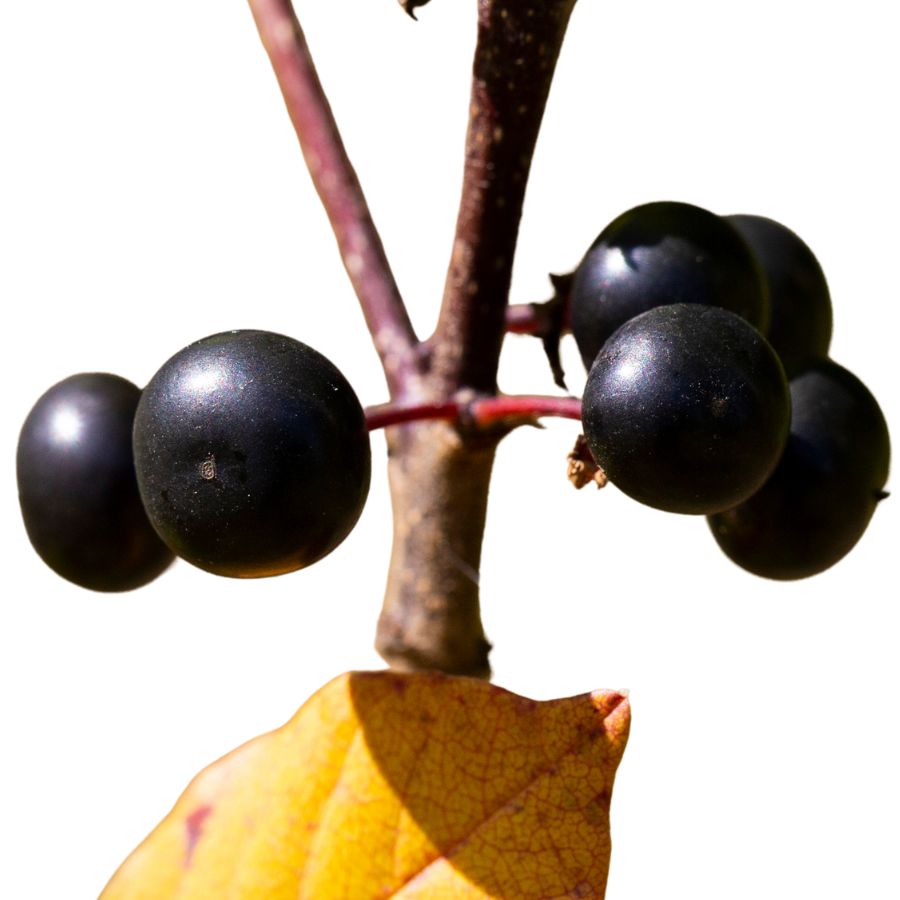
Often mistaken for: Elderberries (Sambucus spp.)
Buckthorn is a shrub or small tree often found along woodland edges, roadsides, and disturbed areas. It produces small, round berries that ripen to dark purple or black and usually grow in loose clusters.
These berries are sometimes mistaken for elderberries and other wild fruits, which also grow in dark clusters, but elderberries form flat-topped clusters on reddish stems while buckthorn berries are more scattered. Buckthorn berries are unsafe to eat as they contain compounds that can cause cramping, vomiting, and diarrhea, and large amounts may lead to dehydration and serious digestive problems.
Mayapple (Podophyllum peltatum)
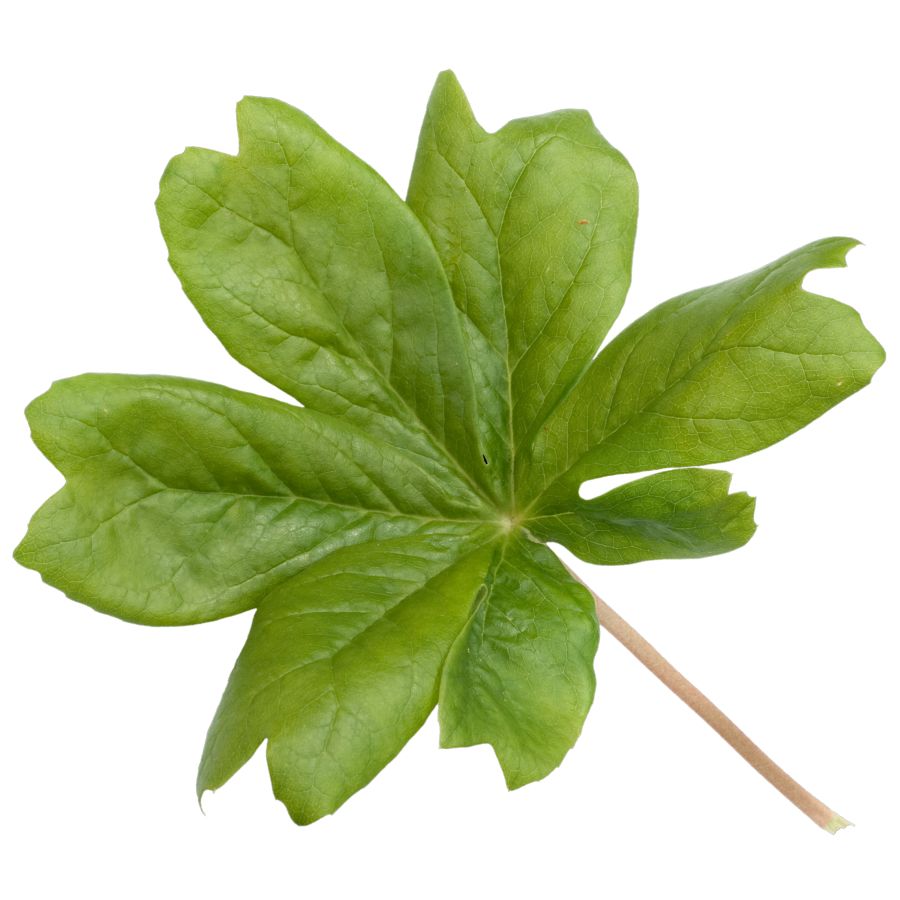
Often mistaken for: Wild grapes (Vitis spp.)
Mayapple is a low-growing plant found in shady forests and woodland clearings. It has large, umbrella-like leaves and produces a single pale fruit hidden beneath the foliage.
The unripe fruit resembles a small green grape, causing confusion with wild grapes, which grow in woody clusters on vines. All parts of the mayapple are toxic except the fully ripe, yellow fruit, which is only safe in small amounts. Eating unripe fruit or other parts can lead to nausea, vomiting, and severe dehydration.
Virginia Creeper (Parthenocissus quinquefolia)
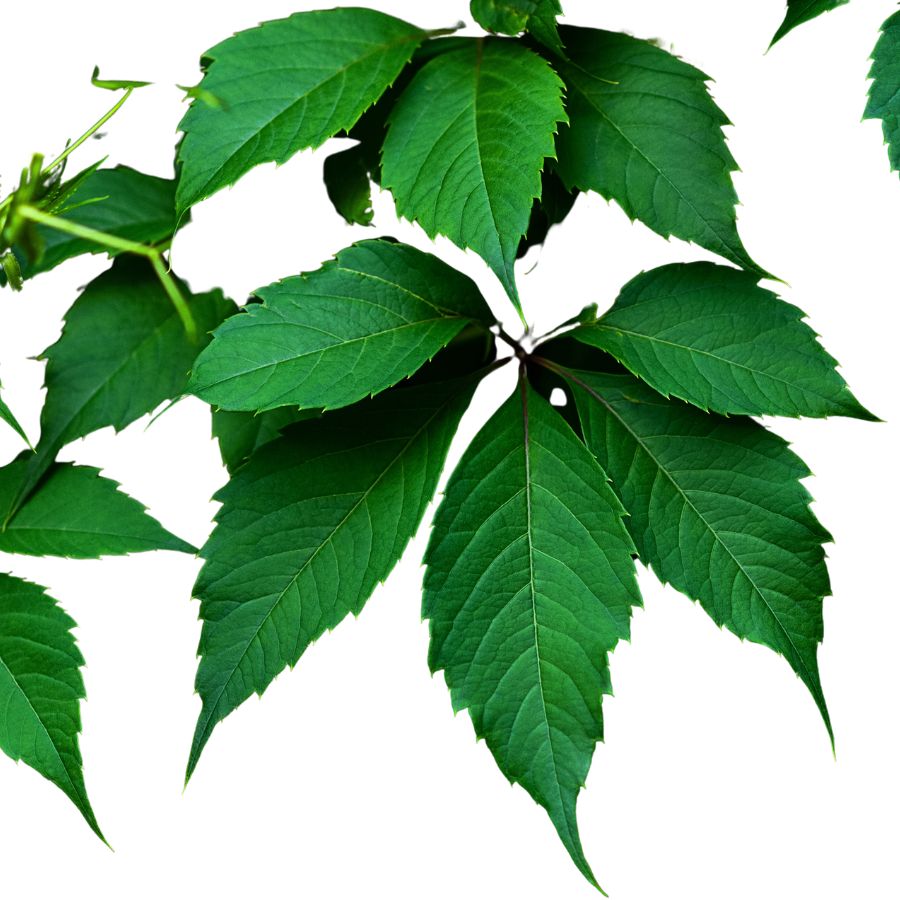
Often mistaken for: Wild grapes (Vitis spp.)
Virginia creeper is a fast-growing vine found on fences, trees, and forest edges. It has five leaflets per stem and produces small, bluish-purple berries from late summer to fall.
It’s often confused with wild grapes since both are climbing vines with similar berries, but grapevines have large, lobed single leaves and tighter fruit clusters. Virginia creeper’s berries are toxic to humans and contain oxalate crystals that can cause nausea, vomiting, and throat irritation.
Castor Bean (Ricinus communis)
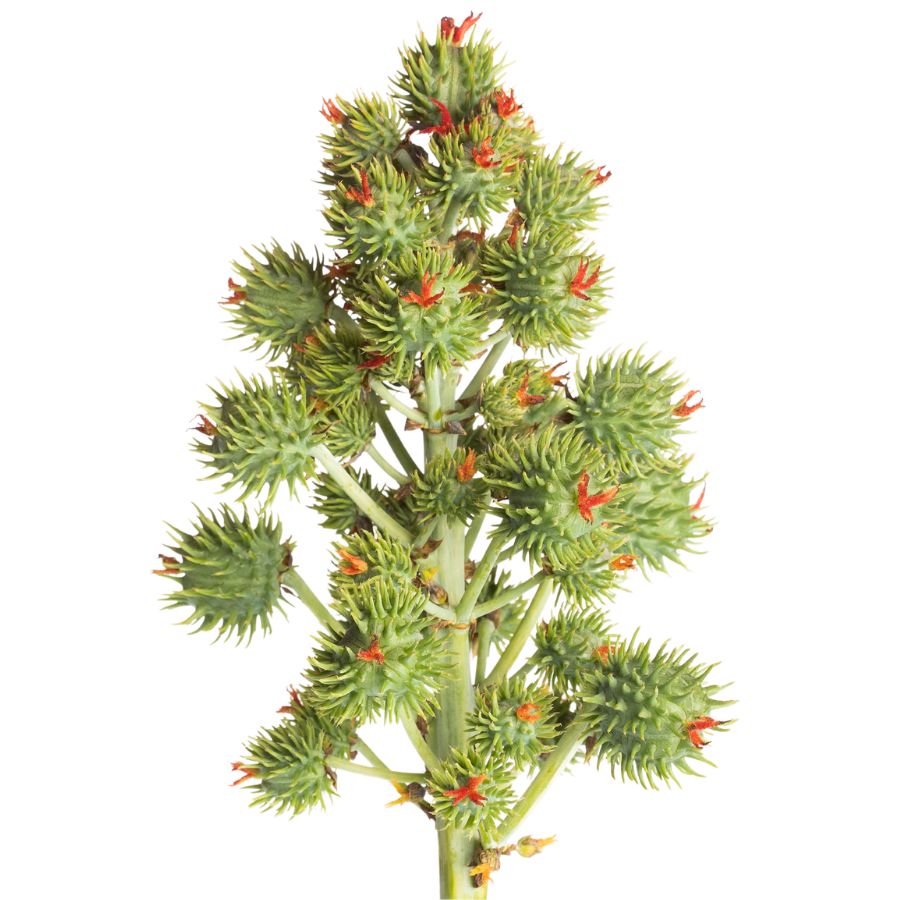
Often mistaken for: Wild rhubarb (Rumex spp. or Rheum spp.)
Castor bean is a bold plant with large, lobed leaves and tall red or green stalks, often found in gardens, along roadsides, and in disturbed areas in warmer regions in the US. Its red-tinged stems and overall size can resemble wild rhubarb to the untrained eye.
Unlike rhubarb, castor bean plants produce spiny seed pods containing glossy, mottled seeds that are extremely toxic. These seeds contain ricin, a deadly compound even in small amounts. While all parts of the plant are toxic, the seeds are especially dangerous and should never be handled or ingested.
Before you head out
Before embarking on any foraging activities, it is essential to understand and follow local laws and guidelines. Always confirm that you have permission to access any land and obtain permission from landowners if you are foraging on private property. Trespassing or foraging without permission is illegal and disrespectful.
For public lands, familiarize yourself with the foraging regulations, as some areas may restrict or prohibit the collection of mushrooms or other wild foods. These regulations and laws are frequently changing so always verify them before heading out to hunt. What we have listed below may be out of date and inaccurate as a result.
How to Get the Best Results Foraging
Safety should always come first when it comes to foraging. Whether you’re in a rural forest or a suburban greenbelt, knowing how to harvest wild foods properly is a key part of staying safe and respectful in the field.
Always Confirm Plant ID Before You Harvest Anything
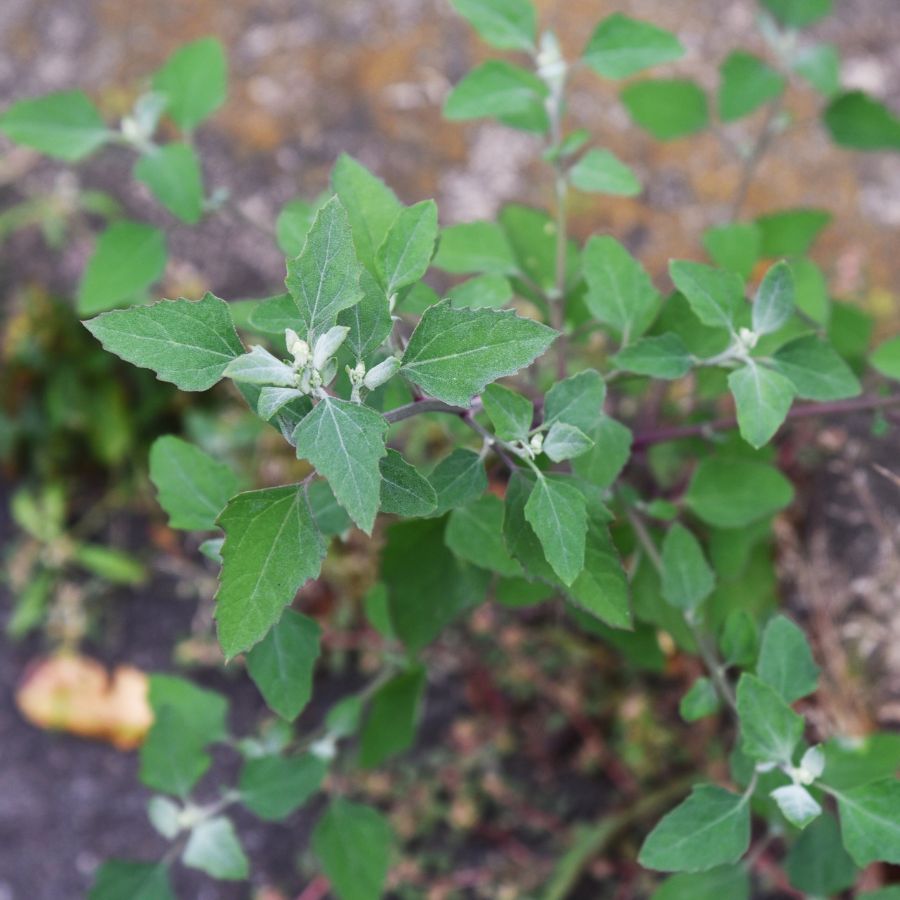
Knowing exactly what you’re picking is the most important part of safe foraging. Some edible plants have nearly identical toxic lookalikes, and a wrong guess can make you seriously sick.
Use more than one reliable source to confirm your ID, like field guides, apps, and trusted websites. Pay close attention to small details. Things like leaf shape, stem texture, and how the flowers or fruits are arranged all matter.
Not All Edible Plants Are Safe to Eat Whole
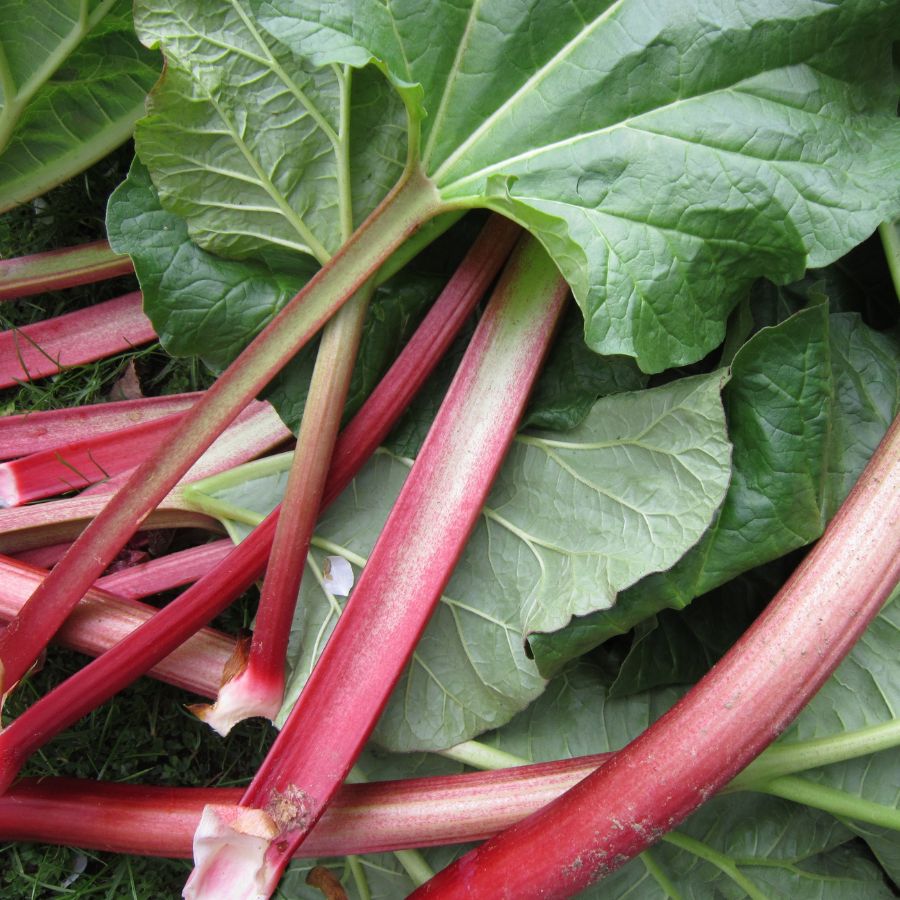
Just because a plant is edible doesn’t mean every part of it is safe. Some plants have leaves, stems, or seeds that can be toxic if eaten raw or prepared the wrong way.
For example, pokeweed is only safe when young and properly cooked, while elderberries need to be heated before eating. Rhubarb stems are fine, but the leaves are poisonous. Always look up which parts are edible and how they should be handled.
Avoid Foraging in Polluted or Contaminated Areas
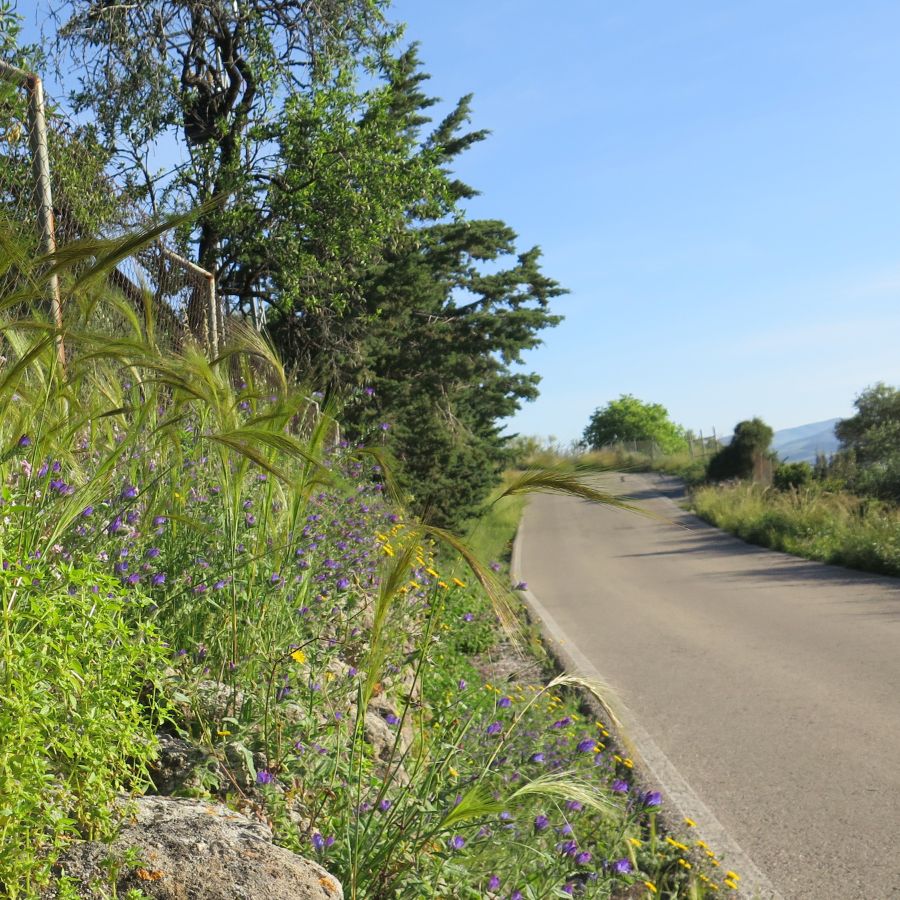
Where you forage matters just as much as what you pick. Plants growing near roads, buildings, or farmland might be coated in chemicals or growing in polluted soil.
Even safe plants can take in harmful substances from the air, water, or ground. Stick to clean, natural areas like forests, local parks that allow foraging, or your own yard when possible.
Don’t Harvest More Than What You Need
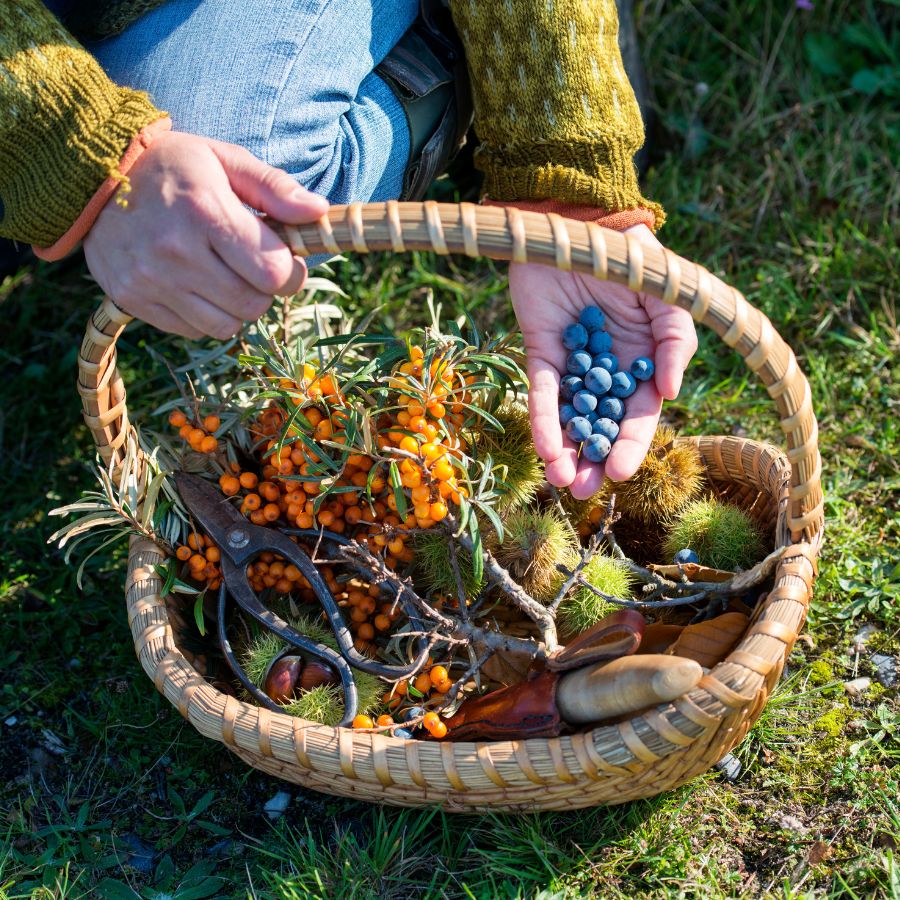
When you forage, take only what you plan to use. Overharvesting can hurt local plant populations and reduce future growth in that area.
Leaving plenty behind helps plants reproduce and supports wildlife that depends on them. It also ensures other foragers have a chance to enjoy the same resources.
Protect Yourself and Your Finds with Proper Foraging Gear
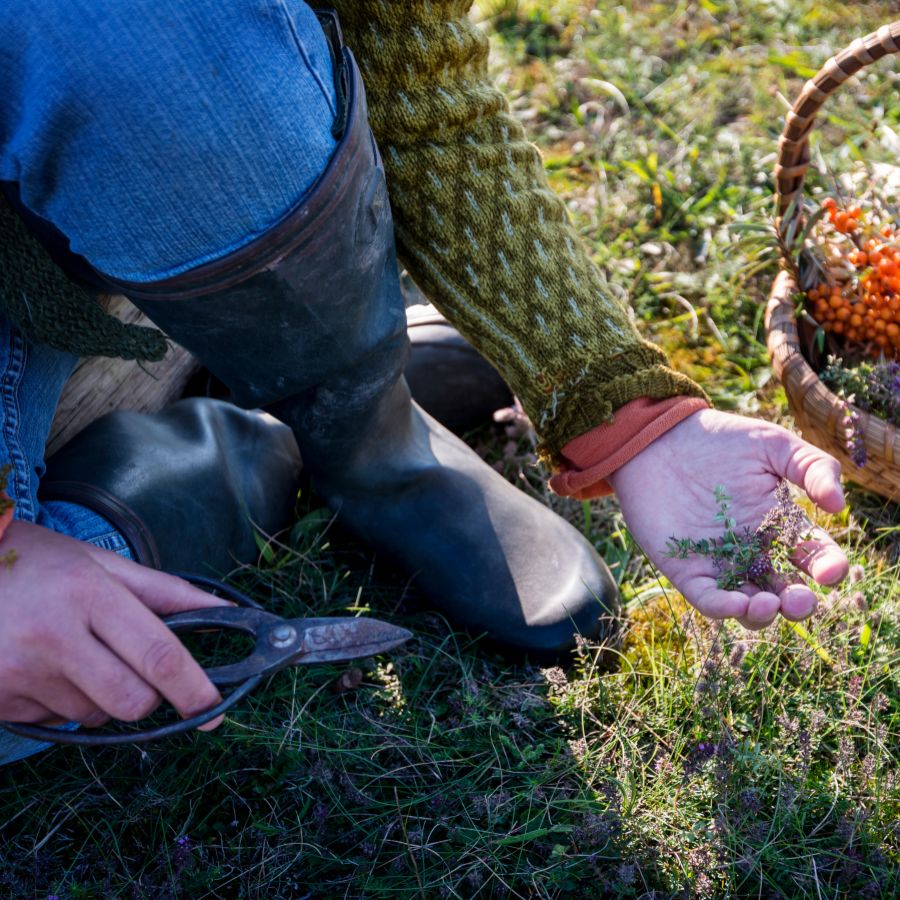
Having the right tools makes foraging easier and safer. Gloves protect your hands from irritants like stinging nettle, and a good knife or scissors lets you harvest cleanly without damaging the plant.
Use a basket or breathable bag to carry what you collect. Plastic bags hold too much moisture and can cause your greens to spoil before you get home.
This forager’s toolkit covers the essentials for any level of experience.
Watch for Allergic Reactions When Trying New Wild Foods

Even if a wild plant is safe to eat, your body might react to it in unexpected ways. It’s best to try a small amount first and wait to see how you feel.
Be extra careful with kids or anyone who has allergies. A plant that’s harmless for one person could cause a reaction in someone else.
Check Local Rules Before Foraging on Any Land
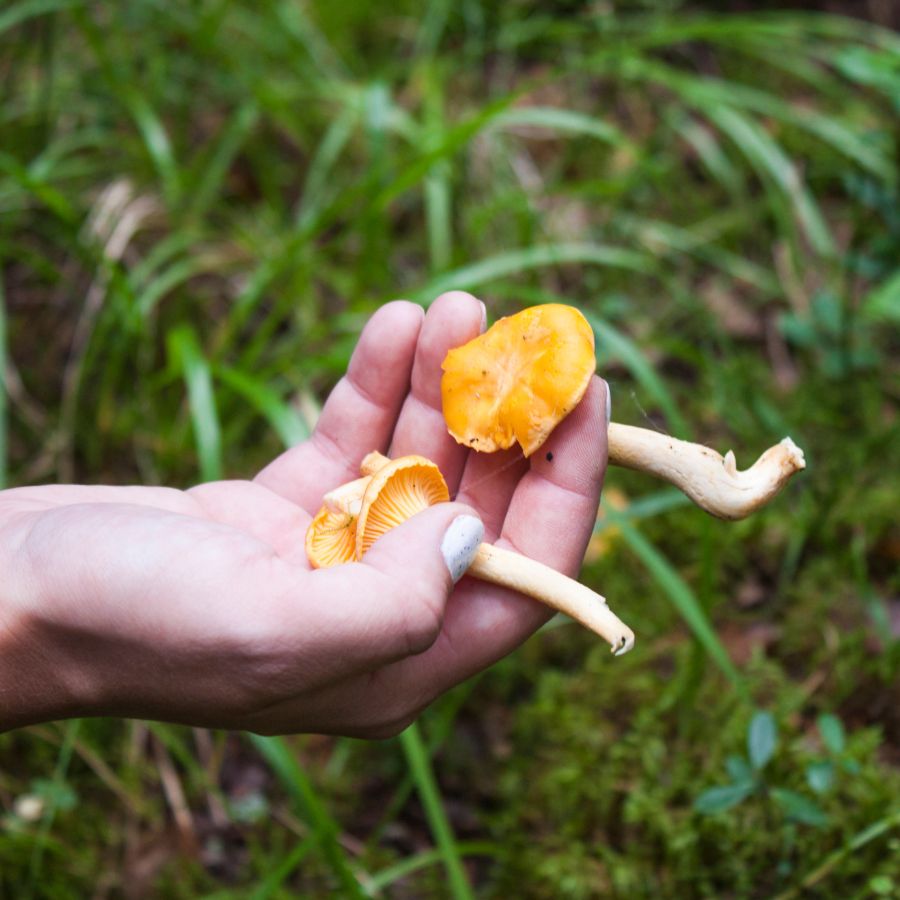
Before you start foraging, make sure you know the rules for the area you’re in. What’s allowed in one spot might be completely off-limits just a few miles away.
Some public lands permit limited foraging, while others, like national parks, usually don’t allow it at all. If you’re on private property, always get permission first.
Where to Find Forageables in the State
There is a range of foraging spots where edible plants grow naturally and often in abundance:
| Plant | Locations |
| Amaranth (Amaranthus retroflexus, A. palmeri) | Sam Houston National Forest, Davy Crockett National Forest, Lake Somerville State Park |
| American Beautyberry (Callicarpa americana) | Angelina National Forest, Stephen F. Austin State Park, Bastrop State Park |
| Black Walnut (Juglans nigra) | Lost Maples State Natural Area, Pedernales Falls State Park, Guadalupe River State Park |
| Bull Thistle (Cirsium vulgare) | Mission Tejas State Park, Lake Texana State Park, Inks Lake State Park |
| Burdock (Arctium minus) | Huntsville State Park, Caddo Lake State Park, Lake Livingston State Park |
| Desert Prickly Pear (Opuntia engelmannii) | Big Bend Ranch State Park, Davis Mountains State Park, Seminole Canyon State Park |
| Carolina Bristle Mallow (Modiola caroliniana) | Village Creek State Park, Brazos Bend State Park, McKinney Falls State Park |
| Chickweed (Stellaria media) | Tyler State Park, Daingerfield State Park, Ray Roberts Lake State Park |
| Dewberry (Rubus trivialis) | Lake Houston Wilderness Park, Huntsville State Park, Stephen F. Austin State Park |
| Dandelion (Taraxacum officinale) | Garner State Park, Lake Mineral Wells State Park, Bastrop State Park |
| Dock (Rumex crispus, R. obtusifolius) | Lake Whitney State Park, Purtis Creek State Park, Mission Tejas State Park |
| Elderberry (Sambucus nigra subsp. canadensis) | Caddo Lake State Park, Lake Bob Sandlin State Park, Tyler State Park |
| Gaillardia (Gaillardia pulchella) | Pedernales Falls State Park, Colorado Bend State Park, Bastrop State Park |
| Greenbriar (Smilax bona-nox, S. rotundifolia) | Martin Creek Lake State Park, Huntsville State Park, Village Creek State Park |
| Groundnut (Apios americana) | Caddo Lake State Park, Sabine National Forest, Martin Dies Jr. State Park |
| Hackberry (Celtis laevigata, Celtis occidentalis) | Goose Island State Park, South Llano River State Park, Lake Brownwood State Park |
| Henbit (Lamium amplexicaule) | Fort Parker State Park, Daingerfield State Park, Lake Tawakoni State Park |
| Lamb’s Quarters (Chenopodium album) | Lake Mineral Wells State Park, Meridian State Park, Dinosaur Valley State Park |
| Mallow (Malva neglecta, Malva parviflora) | Village Creek State Park, Brazos Bend State Park, Purtis Creek State Park |
| Mesquite (Prosopis glandulosa) | Palo Duro Canyon State Park, Copper Breaks State Park, Caprock Canyons State Park |
| Miner’s Lettuce (Claytonia perfoliata) | Guadalupe Mountains National Park, Davis Mountains State Park, Franklin Mountains State Park |
| Mulberry (Morus alba, M. rubra) | Stephen F. Austin State Park, Goose Island State Park, Huntsville State Park |
| Mustard (Brassica rapa, Brassica nigra) | Lake Mineral Wells State Park, Ray Roberts Lake State Park, Caddo Lake State Park |
| Persimmon (Diospyros texana) | South Llano River State Park, Government Canyon State Natural Area, Hill Country State Natural Area |
| Pecan (Carya illinoinensis) | Colorado Bend State Park, Guadalupe River State Park, Bastrop State Park |
| Peppergrass (Lepidium virginicum) | McKinney Falls State Park, Inks Lake State Park, Lake Somerville State Park |
| Plantain (Plantago major, Plantago lanceolata) | Tyler State Park, Village Creek State Park, Huntsville State Park |
| Prickly Lettuce (Lactuca serriola) | Cleburne State Park, Lake Whitney State Park, Inks Lake State Park |
| Prickly Pear Cactus (Opuntia spp.) | Big Bend Ranch State Park, Seminole Canyon State Park, Palo Duro Canyon State Park |
| Purslane (Portulaca oleracea) | Brazos Bend State Park, Lake Corpus Christi State Park, Palmetto State Park |
| Redbud (Cercis canadensis var. texensis) | Lost Maples State Natural Area, Pedernales Falls State Park, Dinosaur Valley State Park |
| Sassafras (Sassafras albidum) | Caddo Lake State Park, Sabine National Forest, Mission Tejas State Park |
| Shepherd’s Purse (Capsella bursa-pastoris) | Fort Parker State Park, Purtis Creek State Park, Ray Roberts Lake State Park |
| Sow Thistle (Sonchus oleraceus) | Lake Tawakoni State Park, Daingerfield State Park, Village Creek State Park |
| Spiderwort (Tradescantia spp.) | McKinney Falls State Park, Bastrop State Park, Lake Bob Sandlin State Park |
| Sumac (Rhus copallinum, Rhus glabra) | Lake Whitney State Park, Dinosaur Valley State Park, Cedar Hill State Park |
| Sunflower (Helianthus annuus) | Palo Duro Canyon State Park, Caprock Canyons State Park, Lake Colorado City State Park |
| Watercress (Nasturtium officinale) | Colorado Bend State Park, Lost Maples State Natural Area, South Llano River State Park |
| Wild Garlic (Allium vineale) | Daingerfield State Park, Lake Tawakoni State Park, Tyler State Park |
| Wild Onion (Allium drummondii, Allium canadense) | Sam Houston National Forest, Angelina National Forest, Caddo Lake State Park |
| Wild Plum (Prunus mexicana, Prunus angustifolia) | Government Canyon State Natural Area, Bastrop State Park, South Llano River State Park |
| Wood Sorrel (Oxalis spp.) | McKinney Falls State Park, Bastrop State Park, Village Creek State Park |
| Yaupon Holly (Ilex vomitoria) | Sam Houston National Forest, Angelina National Forest, Village Creek State Park |
Peak Foraging Seasons
Different edible plants grow at different times of year, depending on the season and weather. Timing your search makes all the difference.
Spring
Spring brings a fresh wave of wild edible plants as the ground thaws and new growth begins:
| Plant | Months | Best Weather Conditions |
| Dewberry (Rubus trivialis) | March–May | Mild and sunny after rains |
| Dock (Rumex crispus, R. obtusifolius) | March–May | Mild temperatures, moist ground |
| Greenbriar (Smilax bona-nox, S. rotundifolia) | March–May | Mild temperatures, after rain |
| Mallow (Malva neglecta, Malva parviflora) | March–May | Cool to mild, moist ground |
| Mulberry (Morus alba, M. rubra) | April–June | Warm and sunny |
| Mustard (Brassica rapa, Brassica nigra) | March–May | Mild, sunny after light rains |
| Redbud (Cercis canadensis var. texensis) | March–May | Mild, dry or post-rain periods |
| Sassafras (Sassafras albidum) | March–May | Cool to warm, moist ground |
| Spiderwort (Tradescantia spp.) | March–May | Mild, after rains |
| Wild Plum (Prunus mexicana, Prunus angustifolia) | March–May | Warm, moist after rains |
| Wood Sorrel (Oxalis spp.) | March–May | Mild, damp conditions |
| Bull Thistle (Cirsium vulgare) | March–June | Cool to warm, after rain |
| Burdock (Arctium minus) | March–June | Cool, moist soil conditions |
| Peppergrass (Lepidium virginicum) | March–June | Mild temperatures, dry or post-rain |
| Desert Prickly Pear (Opuntia engelmannii) | April–July | Hot, dry or after light rains |
| Plantain (Plantago major, Plantago lanceolata) | March–July | Cool to warm, moist ground |
| Prickly Lettuce (Lactuca serriola) | April–July | Mild to warm, after rains |
Summer
Summer is a peak season for foraging, with fruits, flowers, and greens growing in full force:
| Plant | Months | Best Weather Conditions |
| Amaranth (Amaranthus retroflexus, A. palmeri) | June–September | Warm to hot, after rainfall |
| Elderberry (Sambucus nigra subsp. canadensis) | June–August | Warm, moist or following rains |
| Mesquite (Prosopis glandulosa) | June–August | Very hot and dry |
| Prickly Pear Cactus (Opuntia spp.) | May–July | Hot and dry, occasional rain boosts |
| Purslane (Portulaca oleracea) | June–September | Hot, following rain showers |
| Sunflower (Helianthus annuus) | June–August | Hot, sunny conditions |
| Lamb’s Quarters (Chenopodium album) | May–September | Warm, post-rain or early dry period |
| Gaillardia (Gaillardia pulchella) | May–October | Warm to hot, sunny |
Fall
As temperatures drop, many edible plants shift underground or produce their last harvests:
| Plant | Months | Best Weather Conditions |
| American Beautyberry (Callicarpa americana) | August–October | Warm, dry to moderately moist |
| Groundnut (Apios americana) | August–October | Warm, following wet periods |
| Sumac (Rhus copallinum, Rhus glabra) | August–October | Dry, warm weather |
| Black Walnut (Juglans nigra) | September–November | Dry, crisp fall days |
| Hackberry (Celtis laevigata, Celtis occidentalis) | September–November | Dry, crisp fall weather |
| Pecan (Carya illinoinensis) | September–November | Dry, crisp fall days |
| Persimmon (Diospyros texana) | September–November | Dry, warm fall days |
| Yaupon Holly (Ilex vomitoria) | October–January | Cool, dry weather |
Winter
Winter foraging is limited but still possible, with hardy plants and preserved growth holding on through the cold:
| Plant | Months | Best Weather Conditions |
| Miner’s Lettuce (Claytonia perfoliata) | January–March | Cool, moist conditions |
| Carolina Bristle Mallow (Modiola caroliniana) | January–April | |
| Chickweed (Stellaria media) | December–April | |
| Dandelion (Taraxacum officinale) | January–April | |
| Henbit (Lamium amplexicaule) | January–April | |
| Shepherd’s Purse (Capsella bursa-pastoris) | December–March | |
| Sow Thistle (Sonchus oleraceus) | January–April | |
| Watercress (Nasturtium officinale) | December–April | |
| Wild Garlic (Allium vineale) | December–April | |
| Wild Onion (Allium drummondii, Allium canadense) | January–April |
One Final Disclaimer
The information provided in this article is for general informational and educational purposes only. Foraging for wild plants and mushrooms involves inherent risks. Some wild plants and mushrooms are toxic and can be easily mistaken for edible varieties.
Before ingesting anything, it should be identified with 100% certainty as edible by someone qualified and experienced in mushroom and plant identification, such as a professional mycologist or an expert forager. Misidentification can lead to serious illness or death.
All mushrooms and plants have the potential to cause severe adverse reactions in certain individuals, even death. If you are consuming foraged items, it is crucial to cook them thoroughly and properly and only eat a small portion to test for personal tolerance. Some people may have allergies or sensitivities to specific mushrooms and plants, even if they are considered safe for others.
Foraged items should always be fully cooked with proper instructions to ensure they are safe to eat. Many wild mushrooms and plants contain toxins and compounds that can be harmful if ingested.

